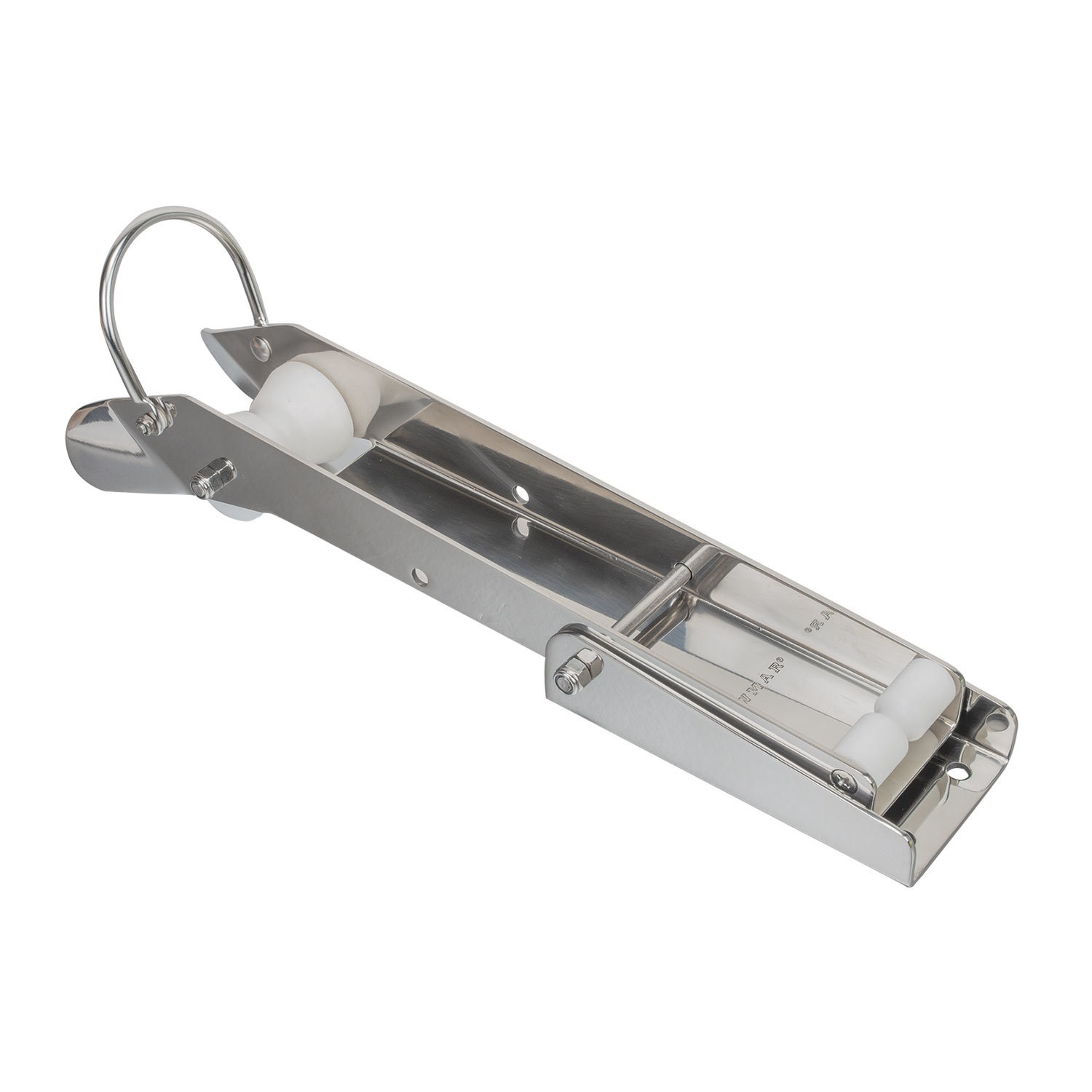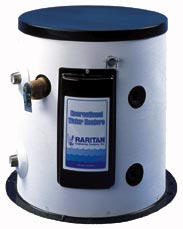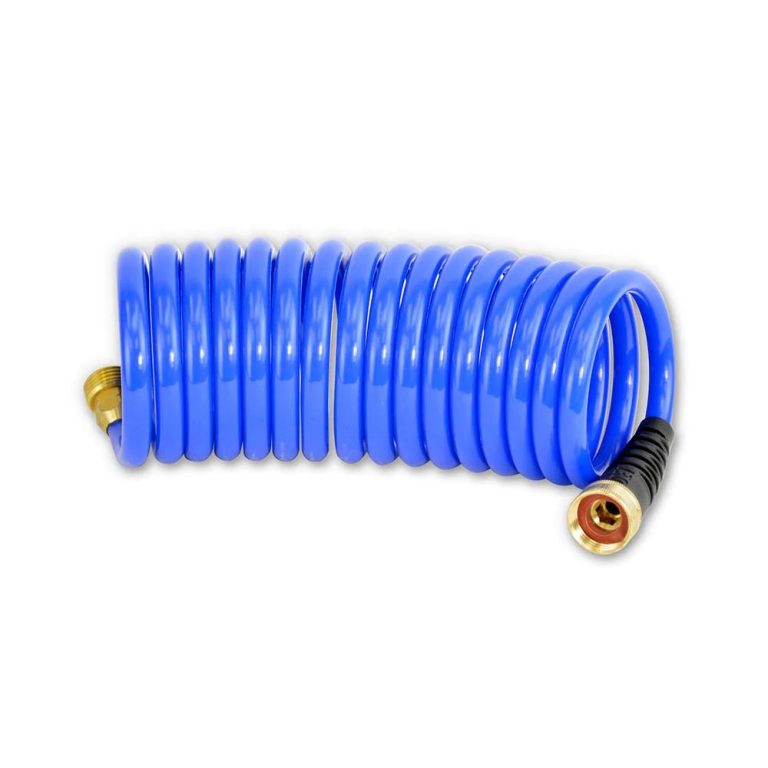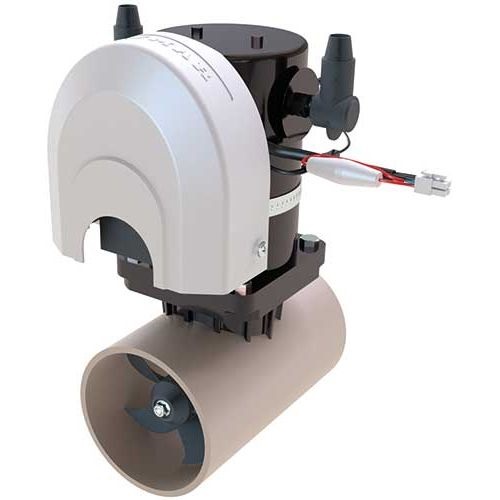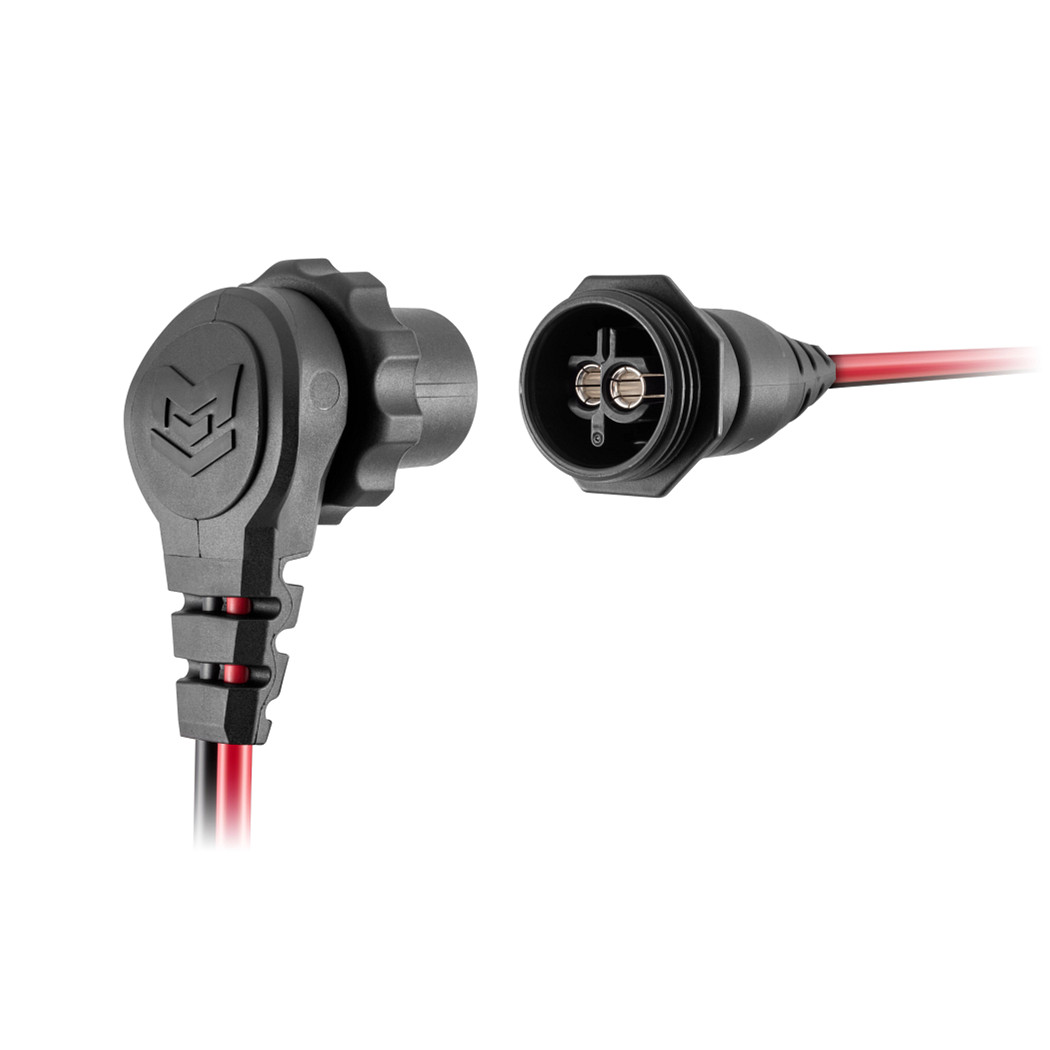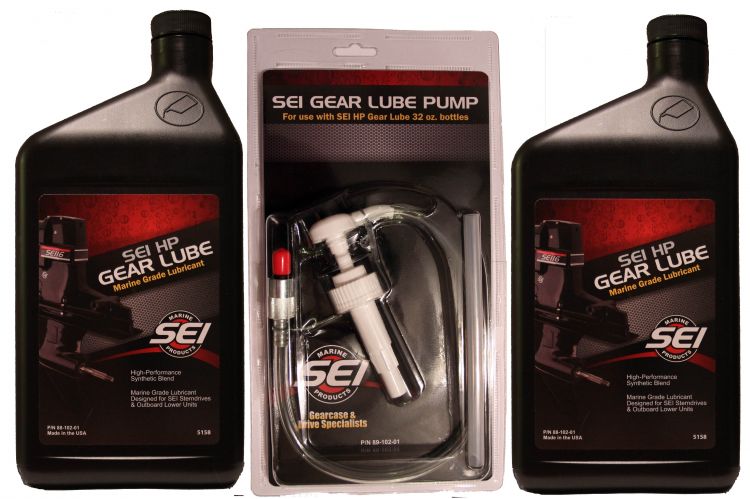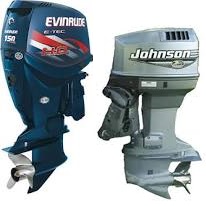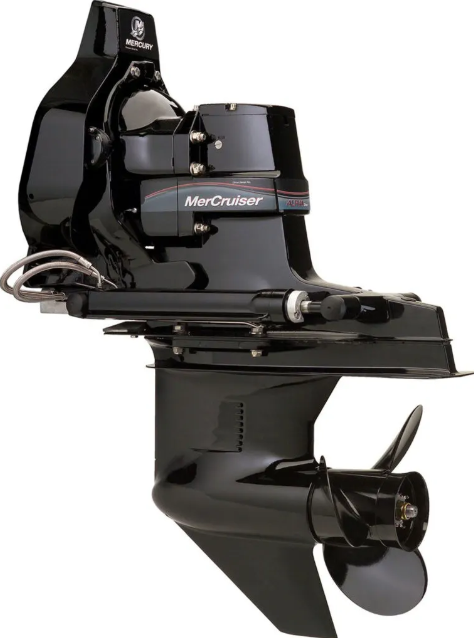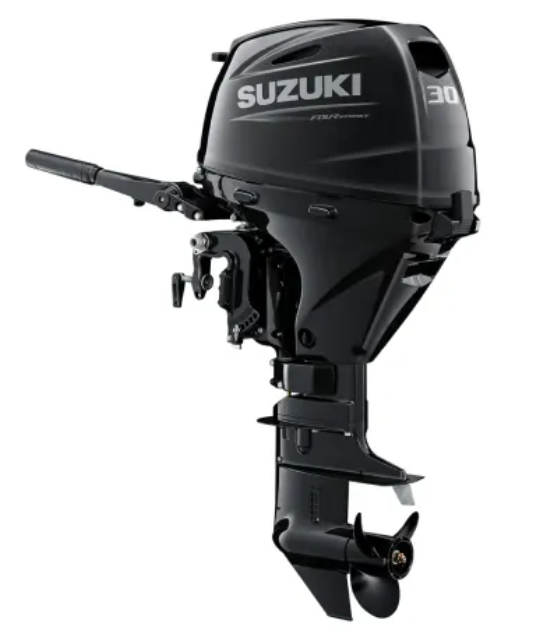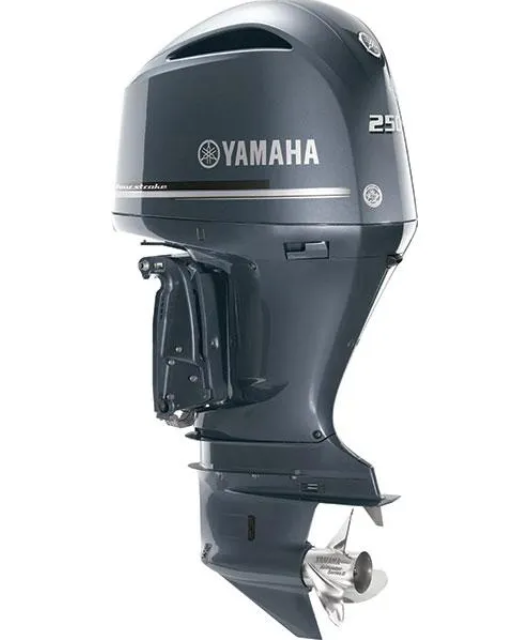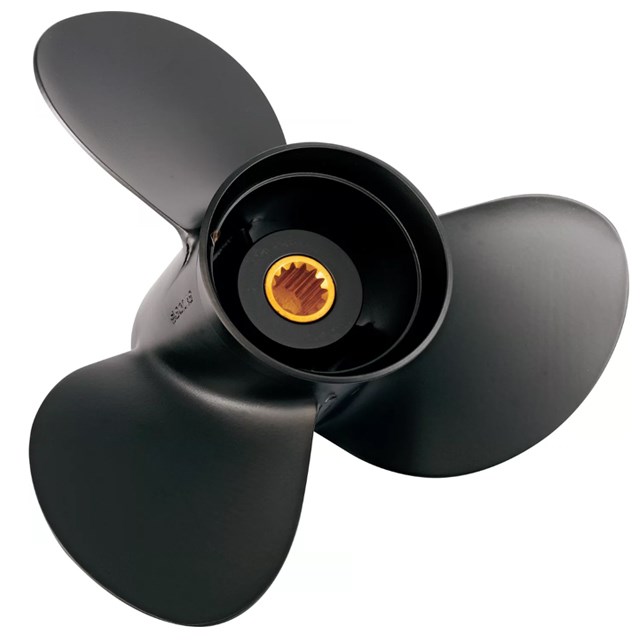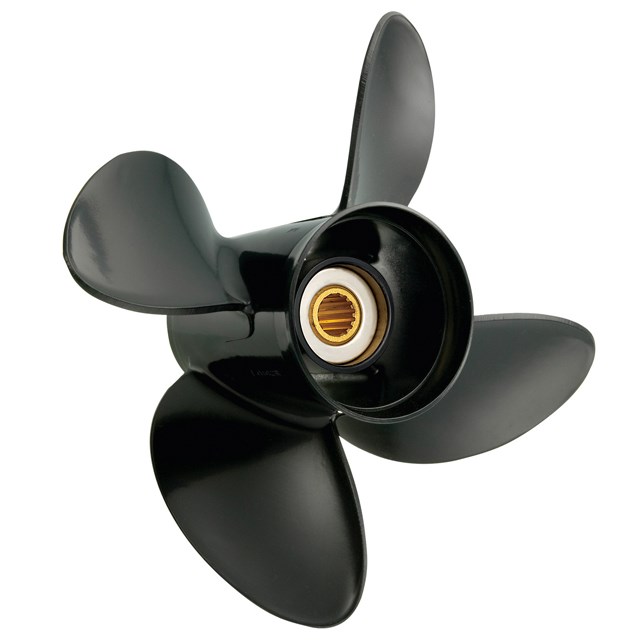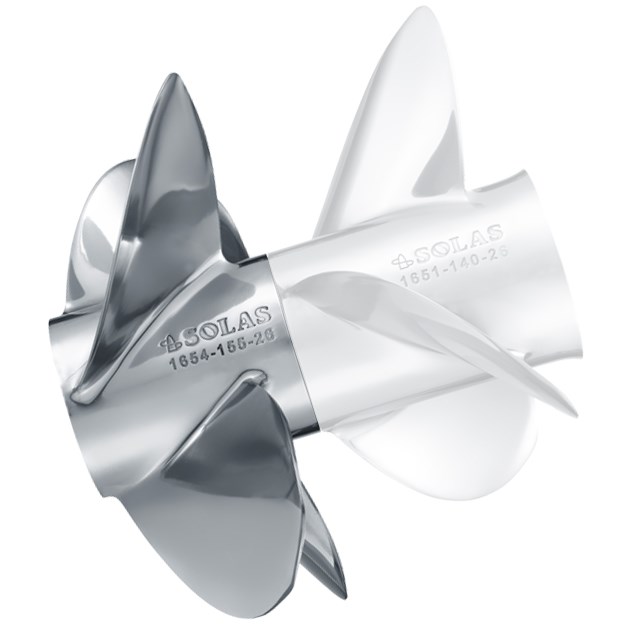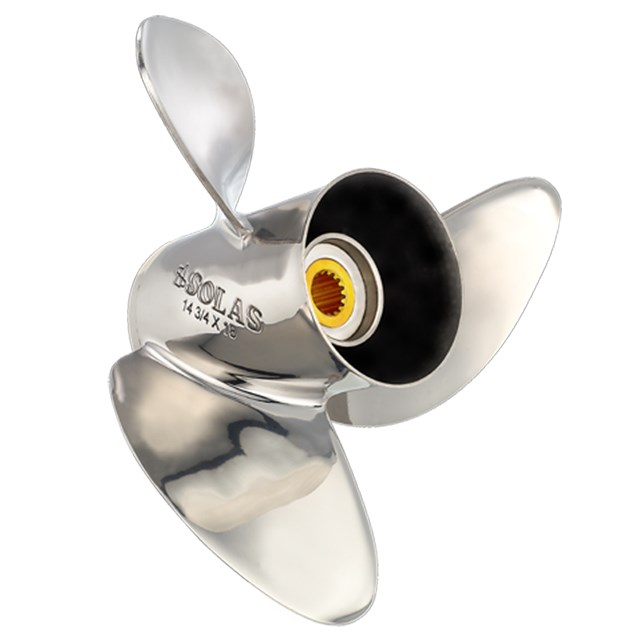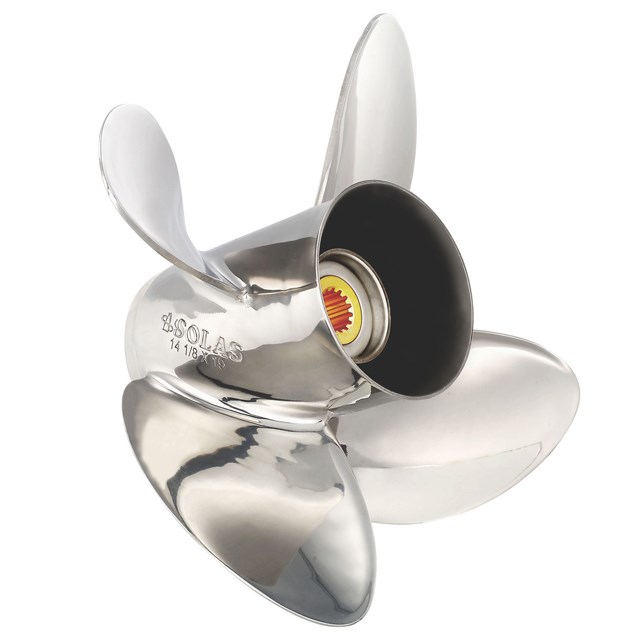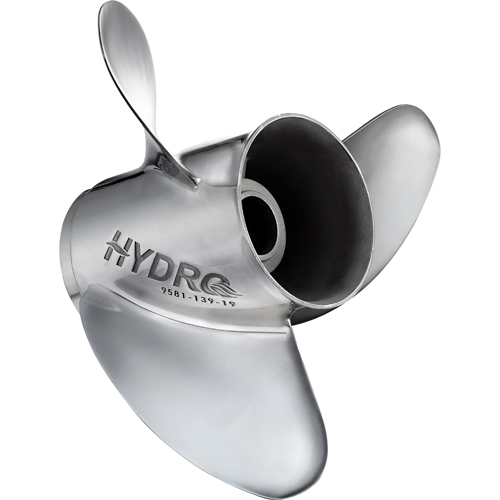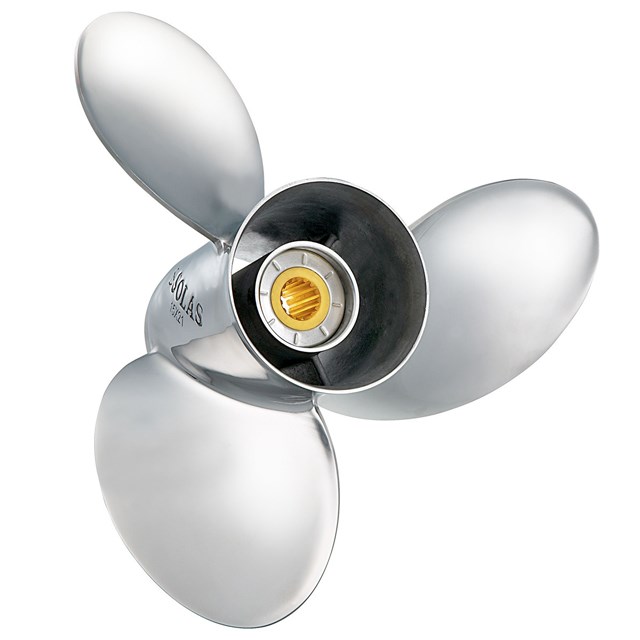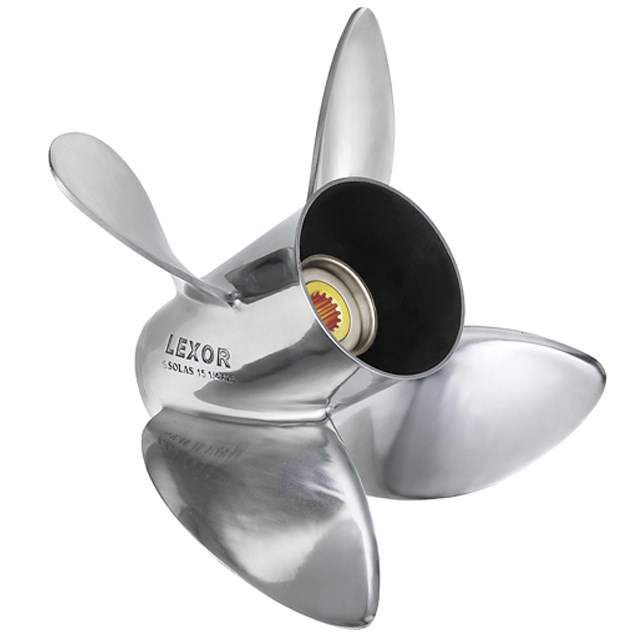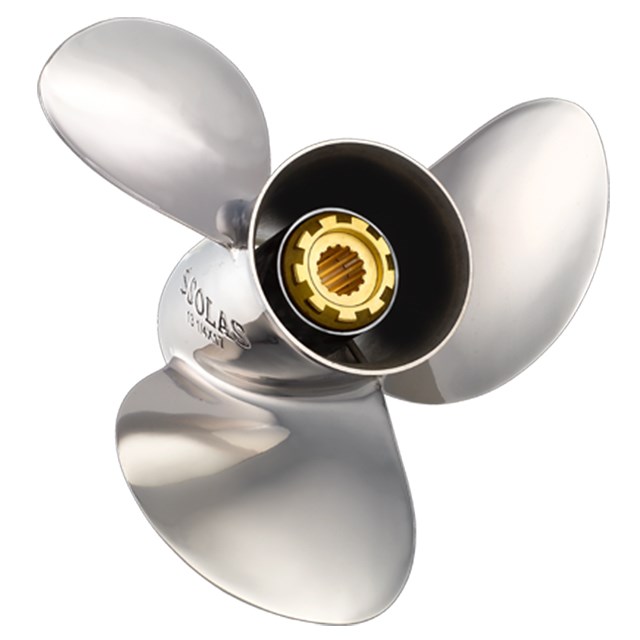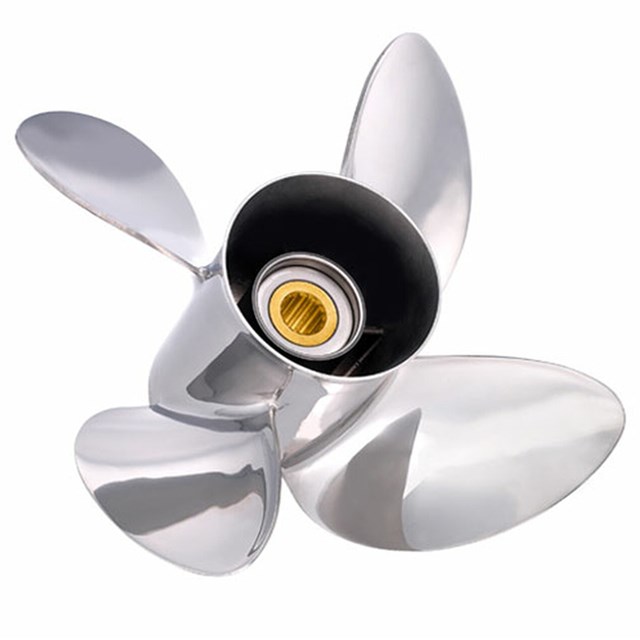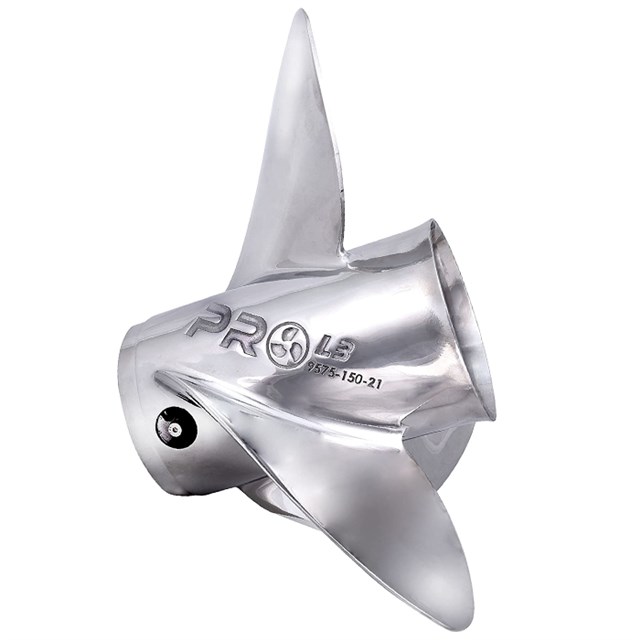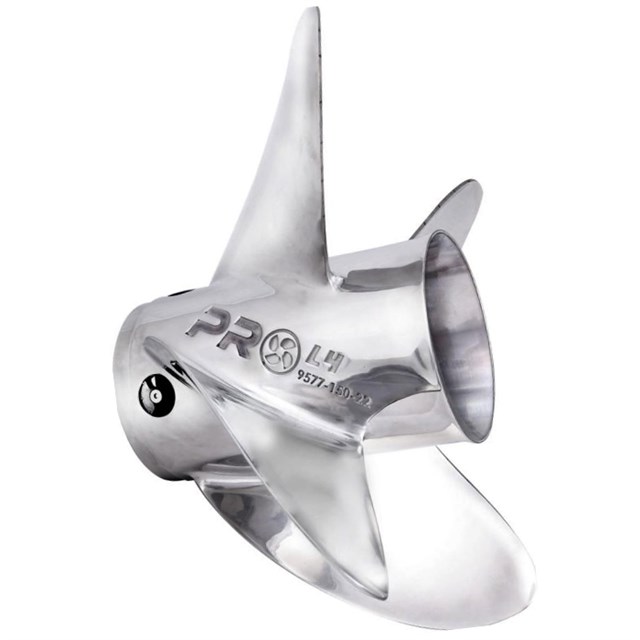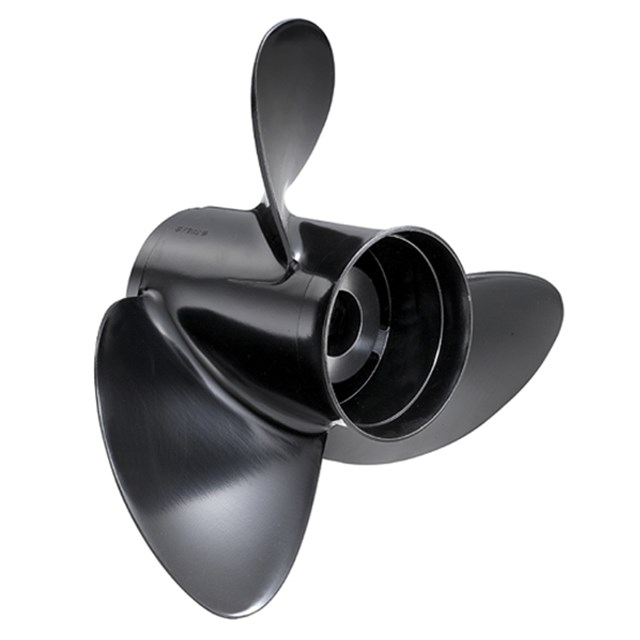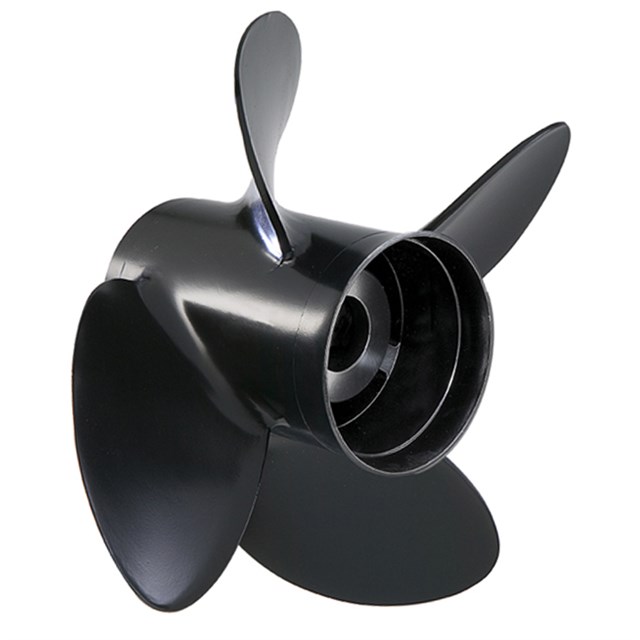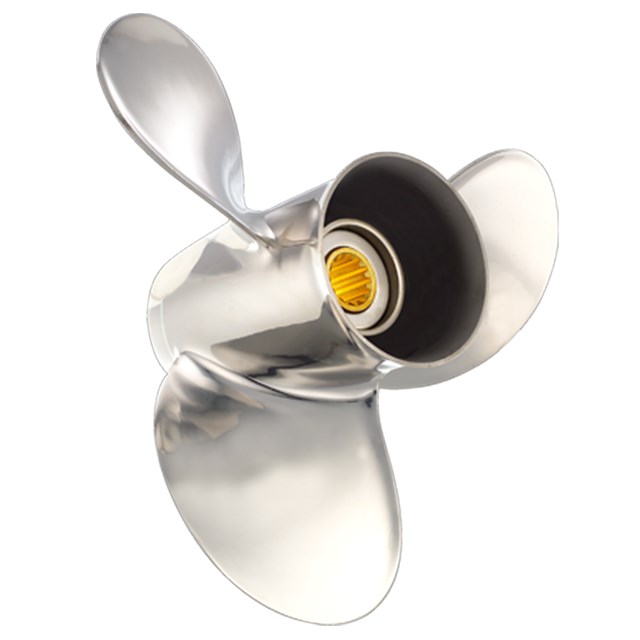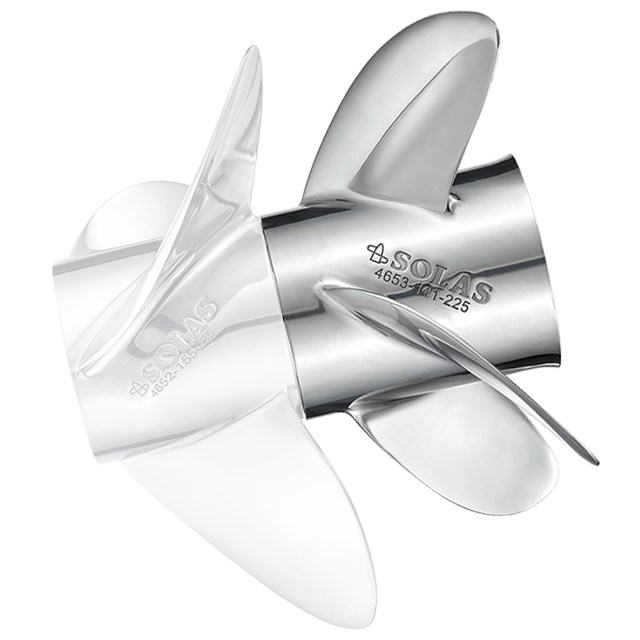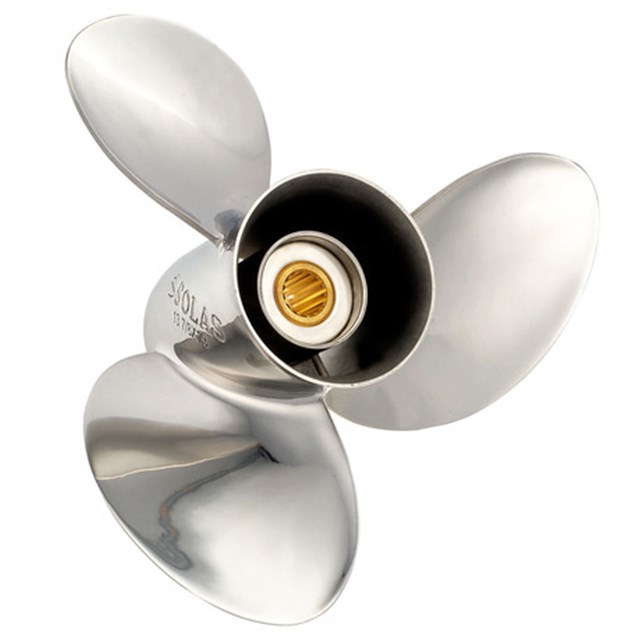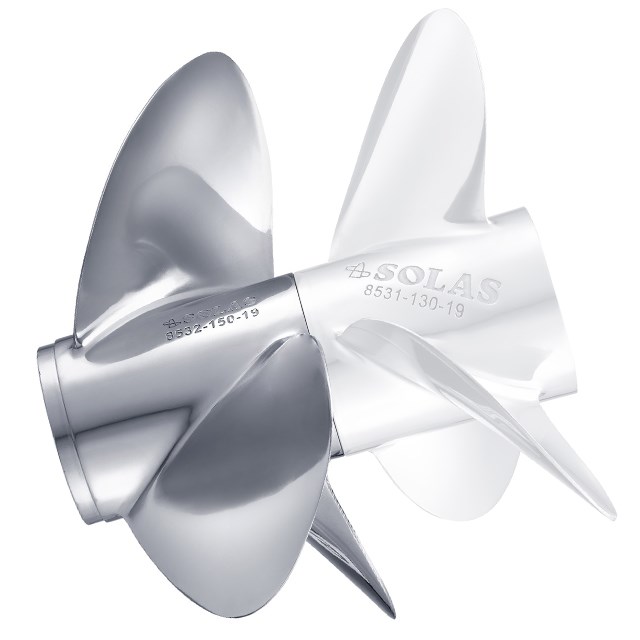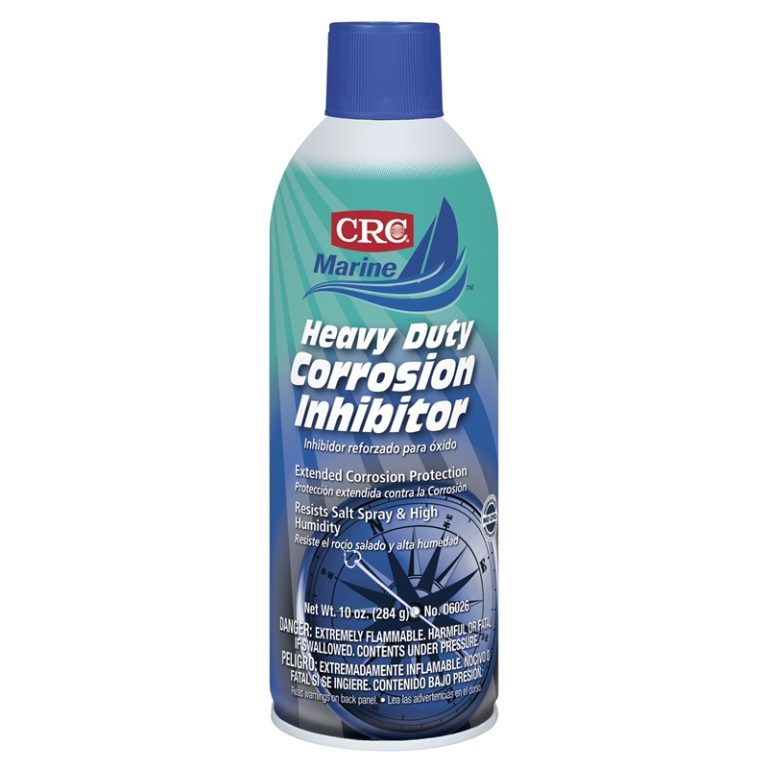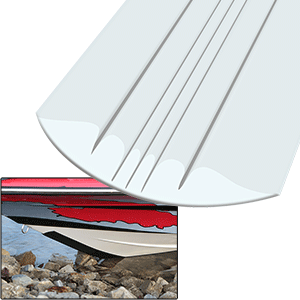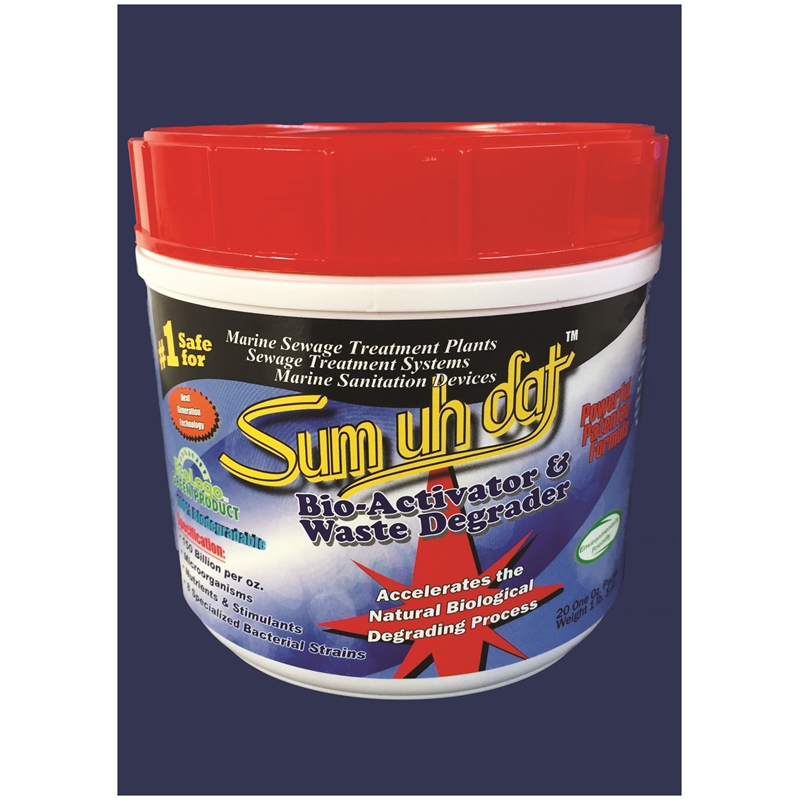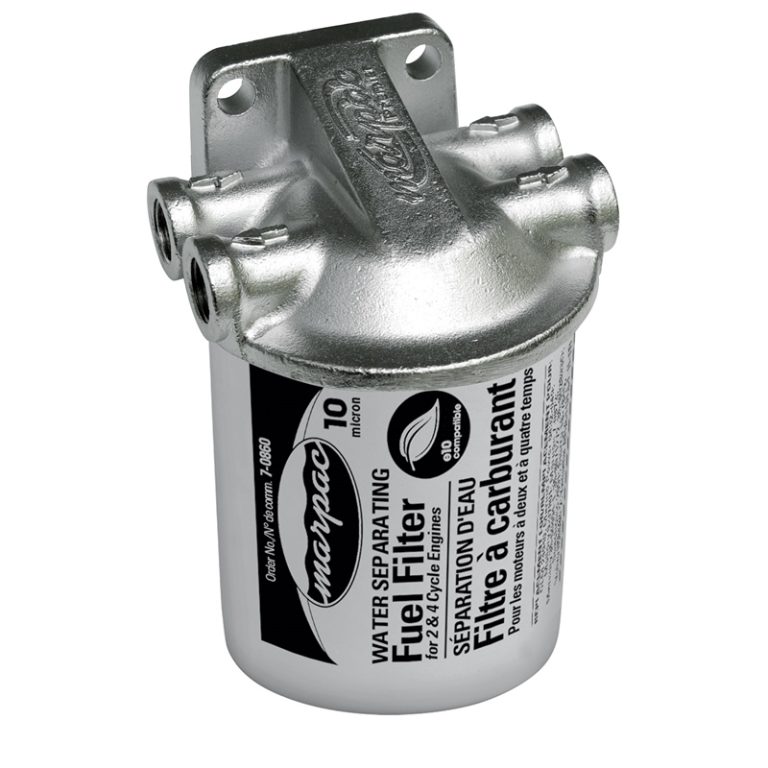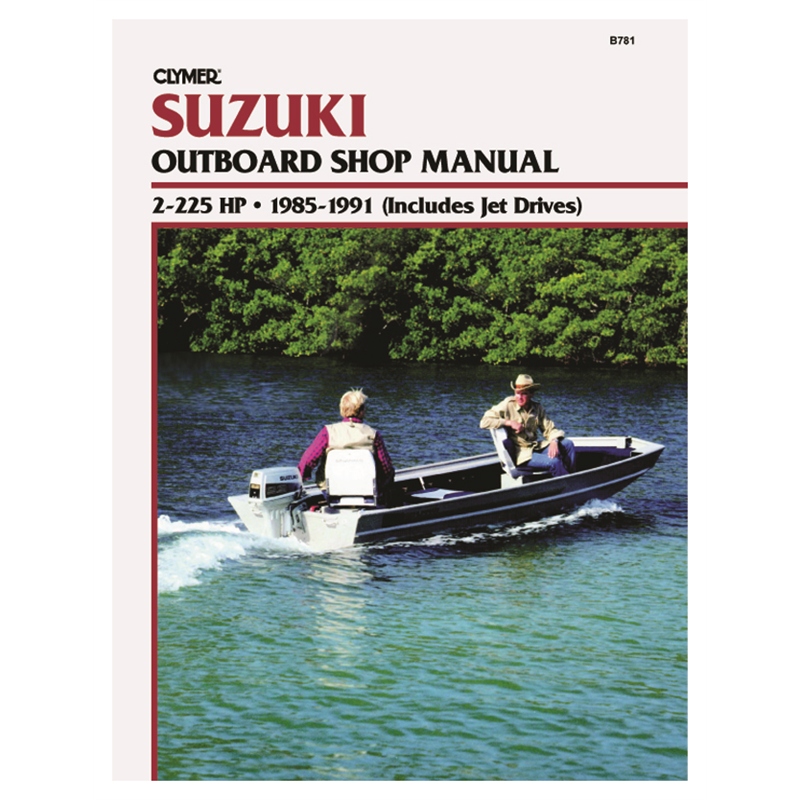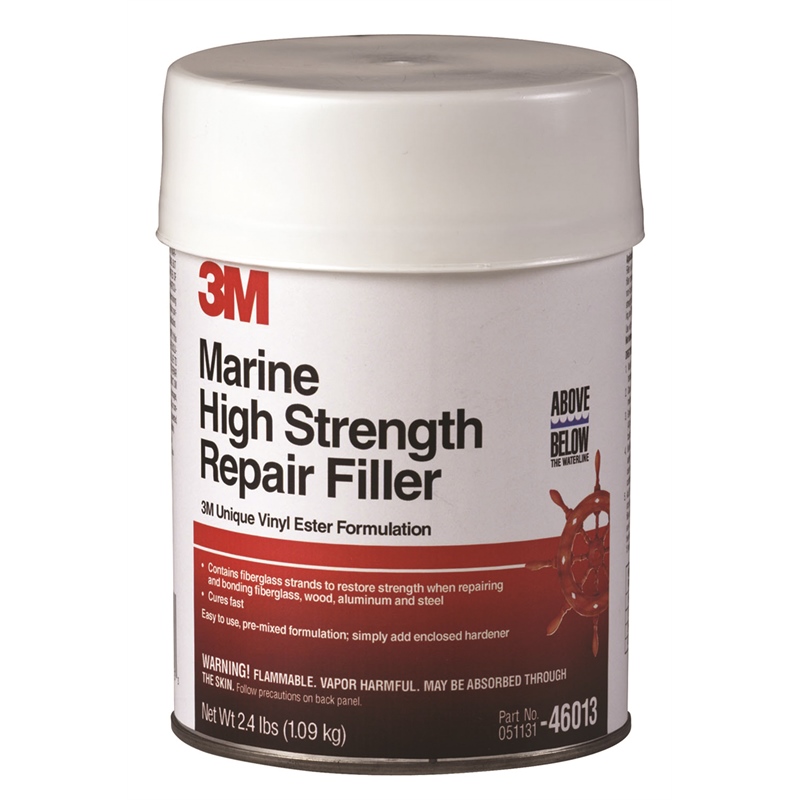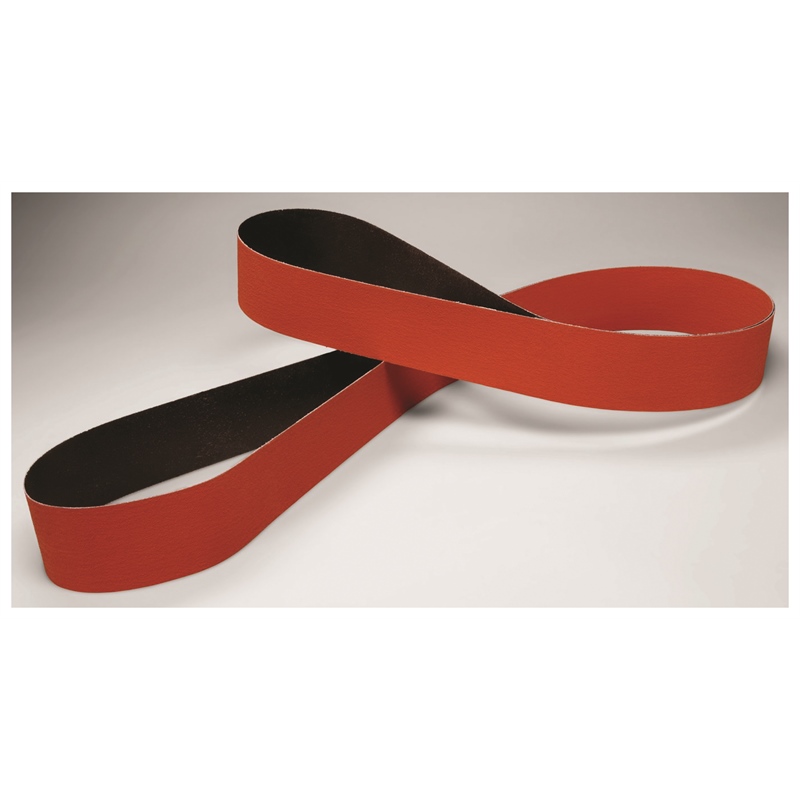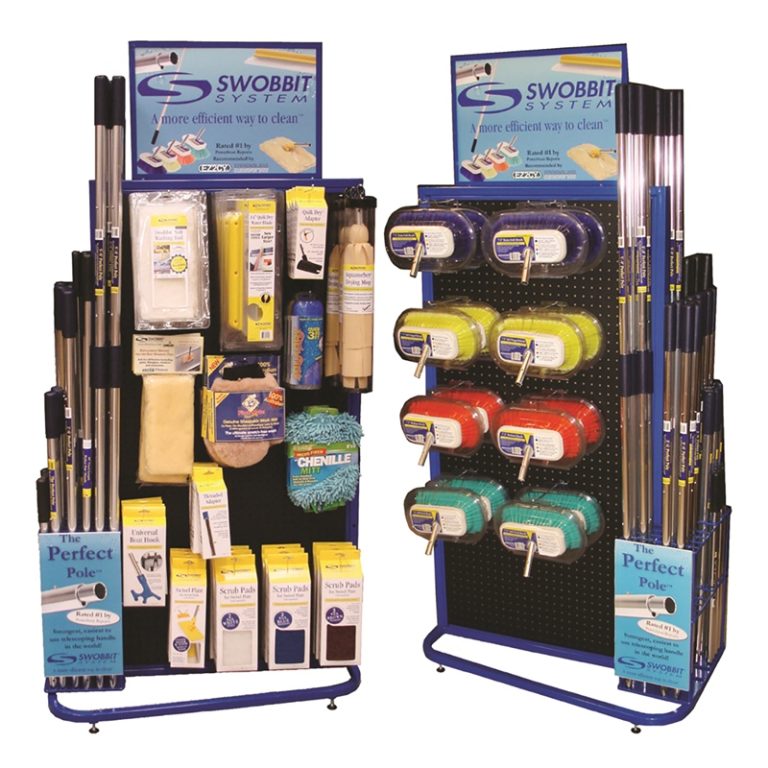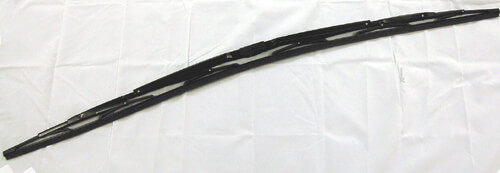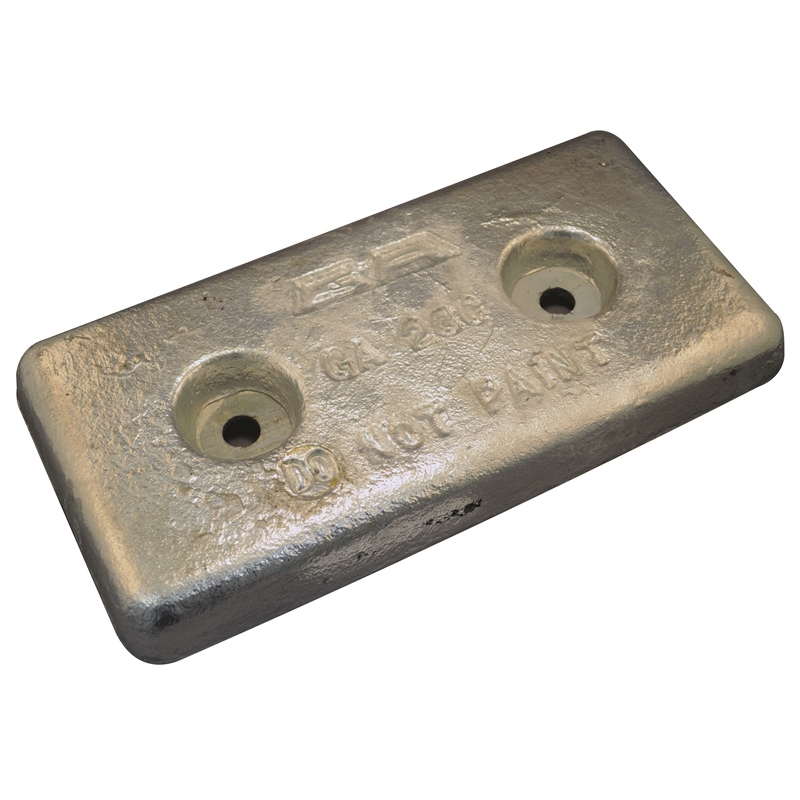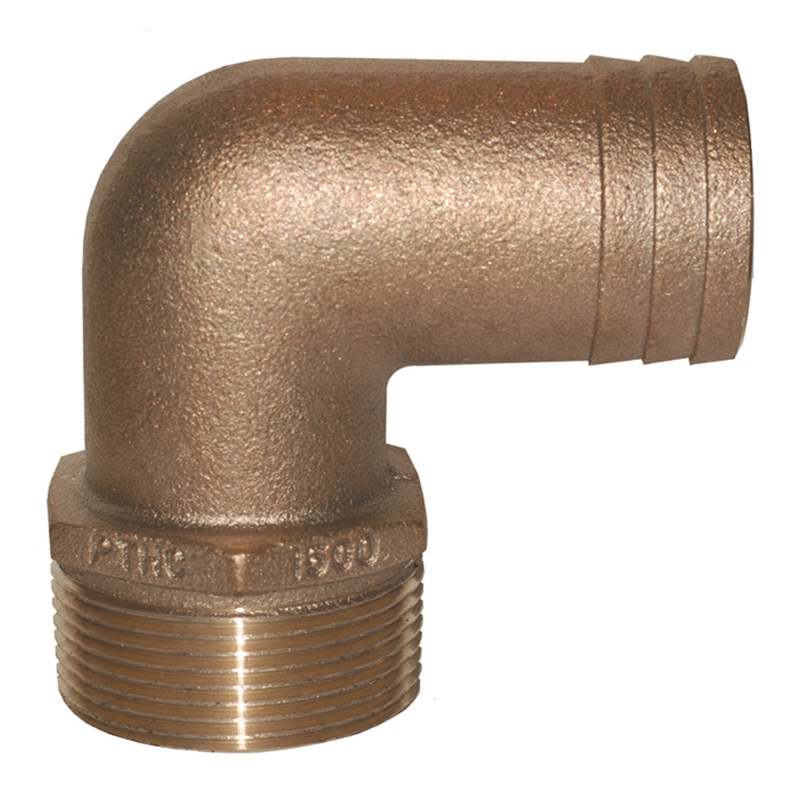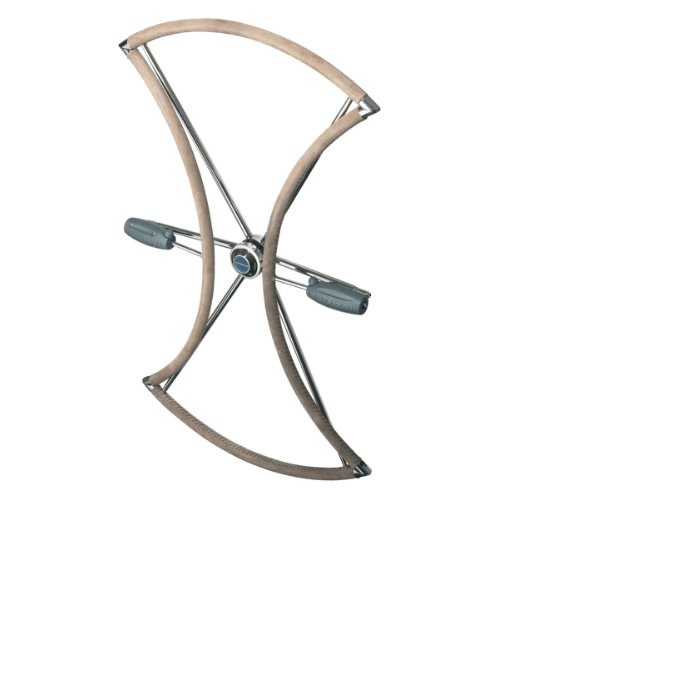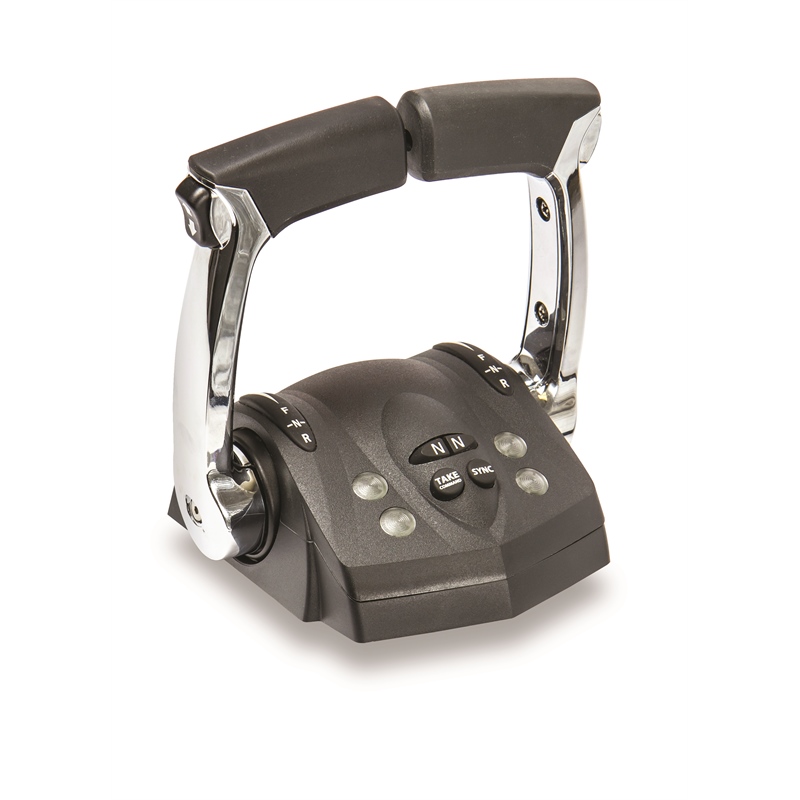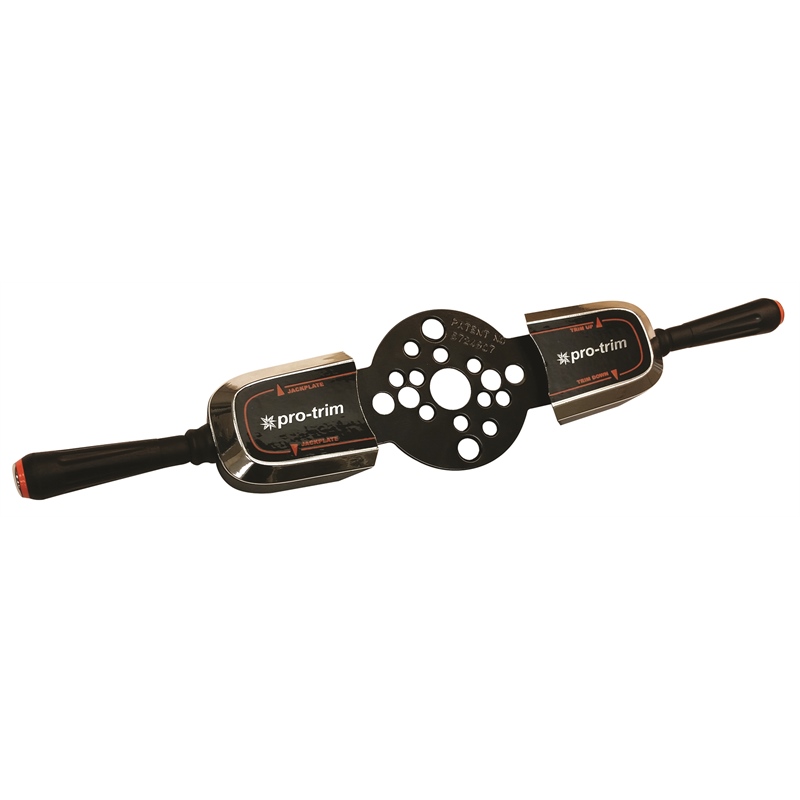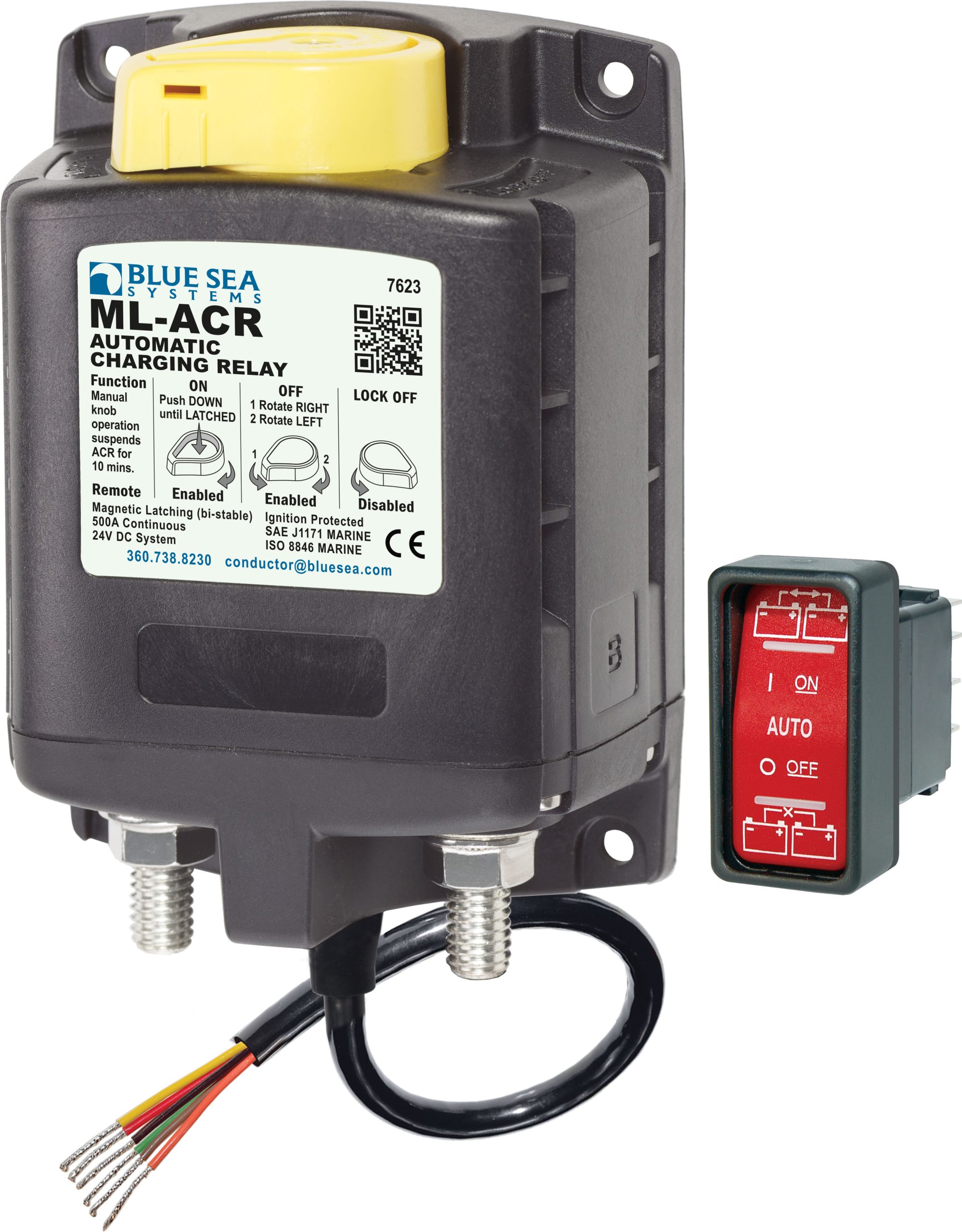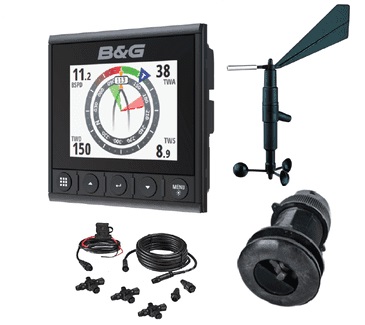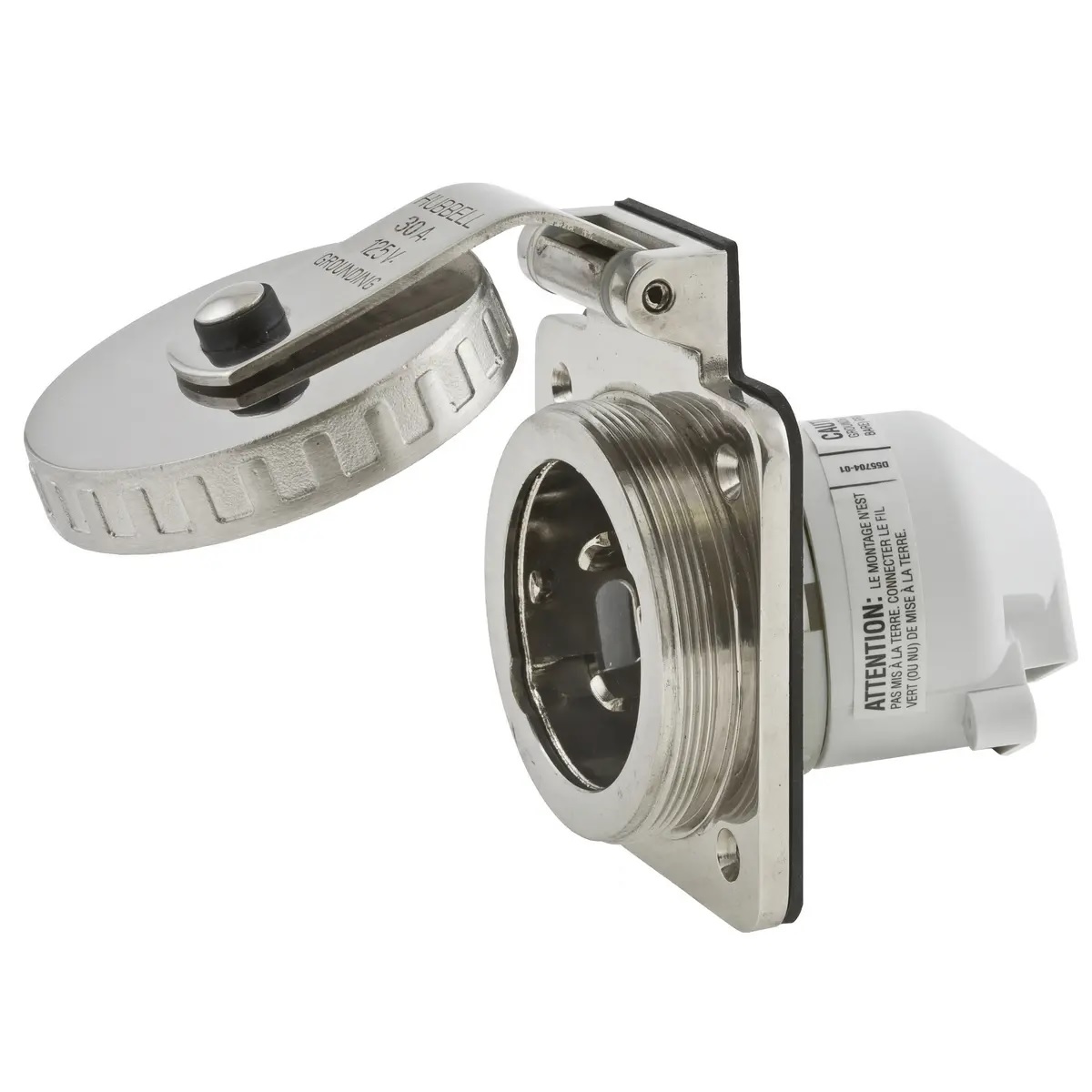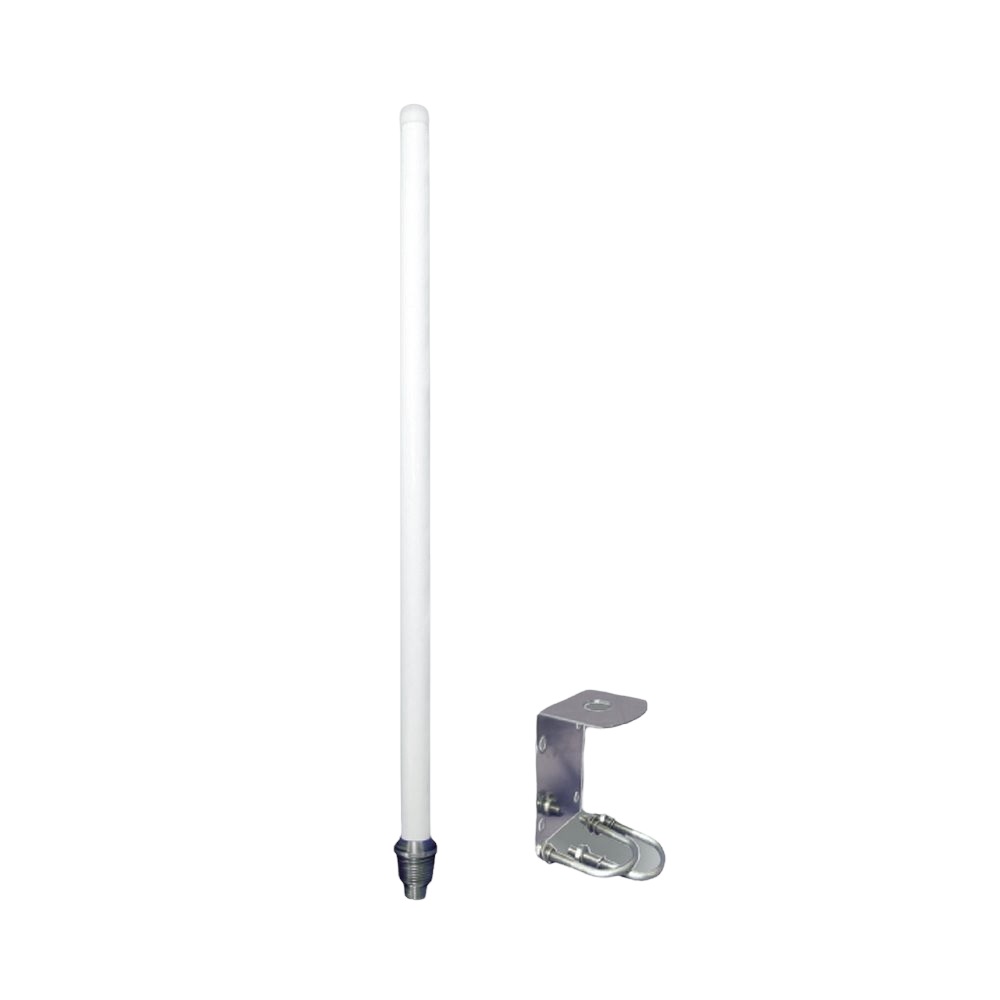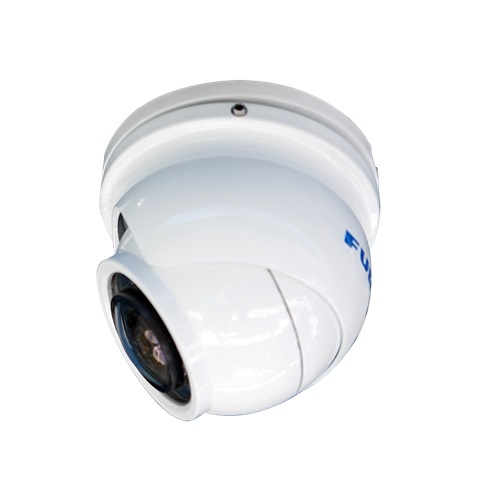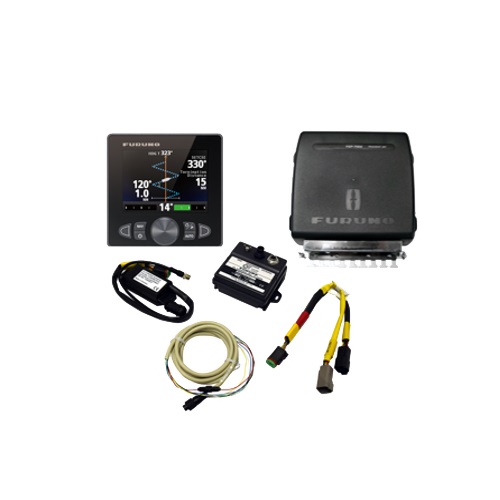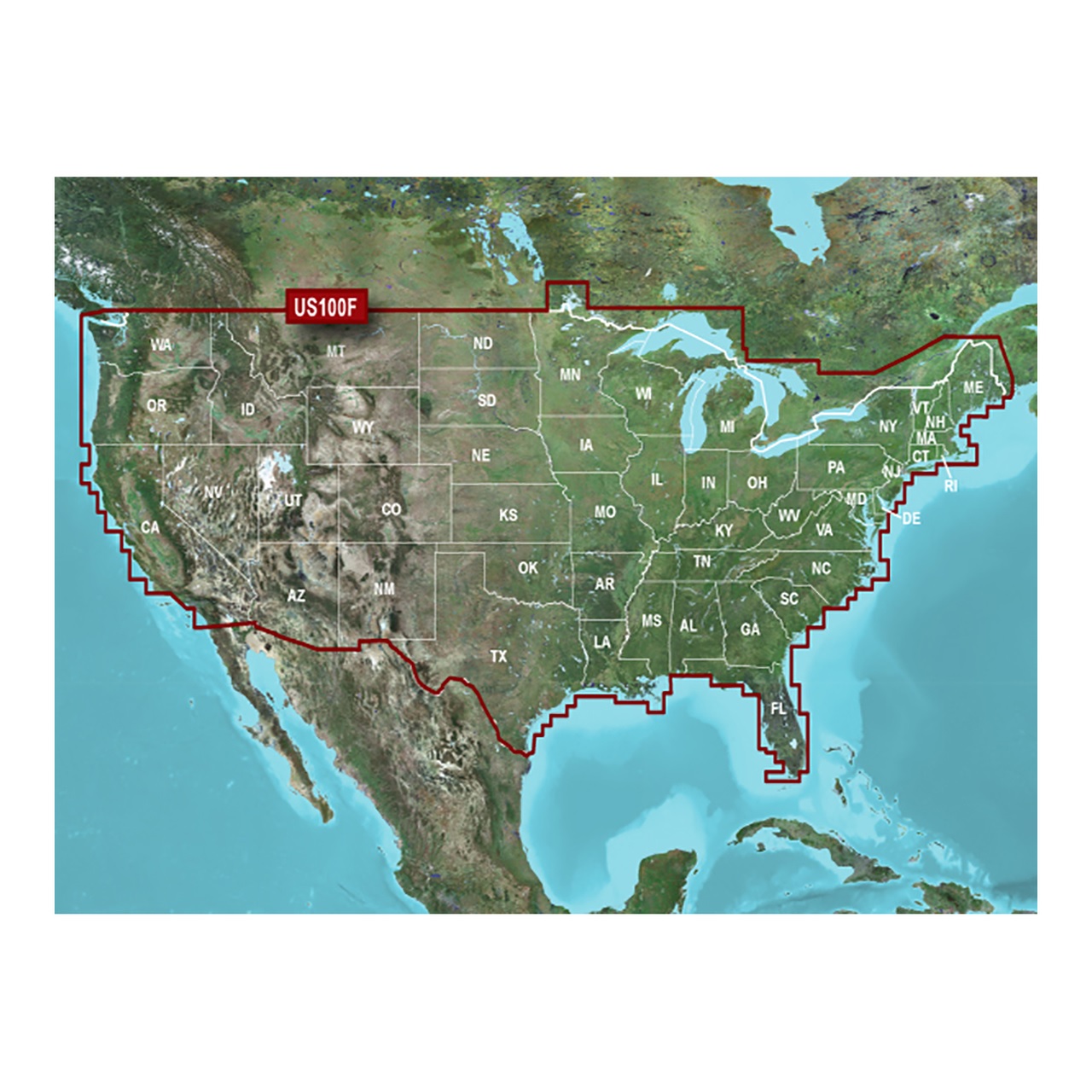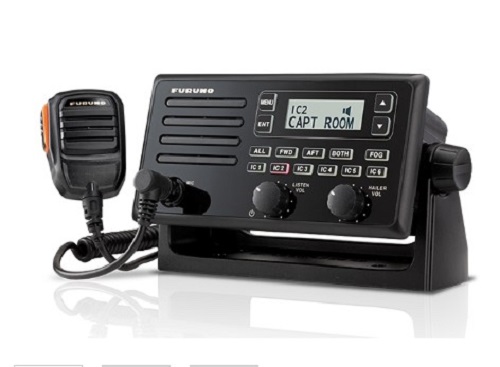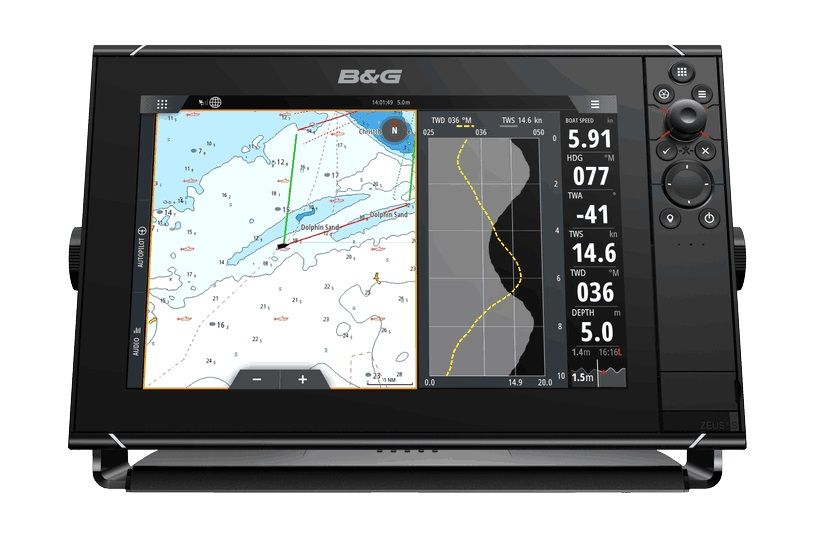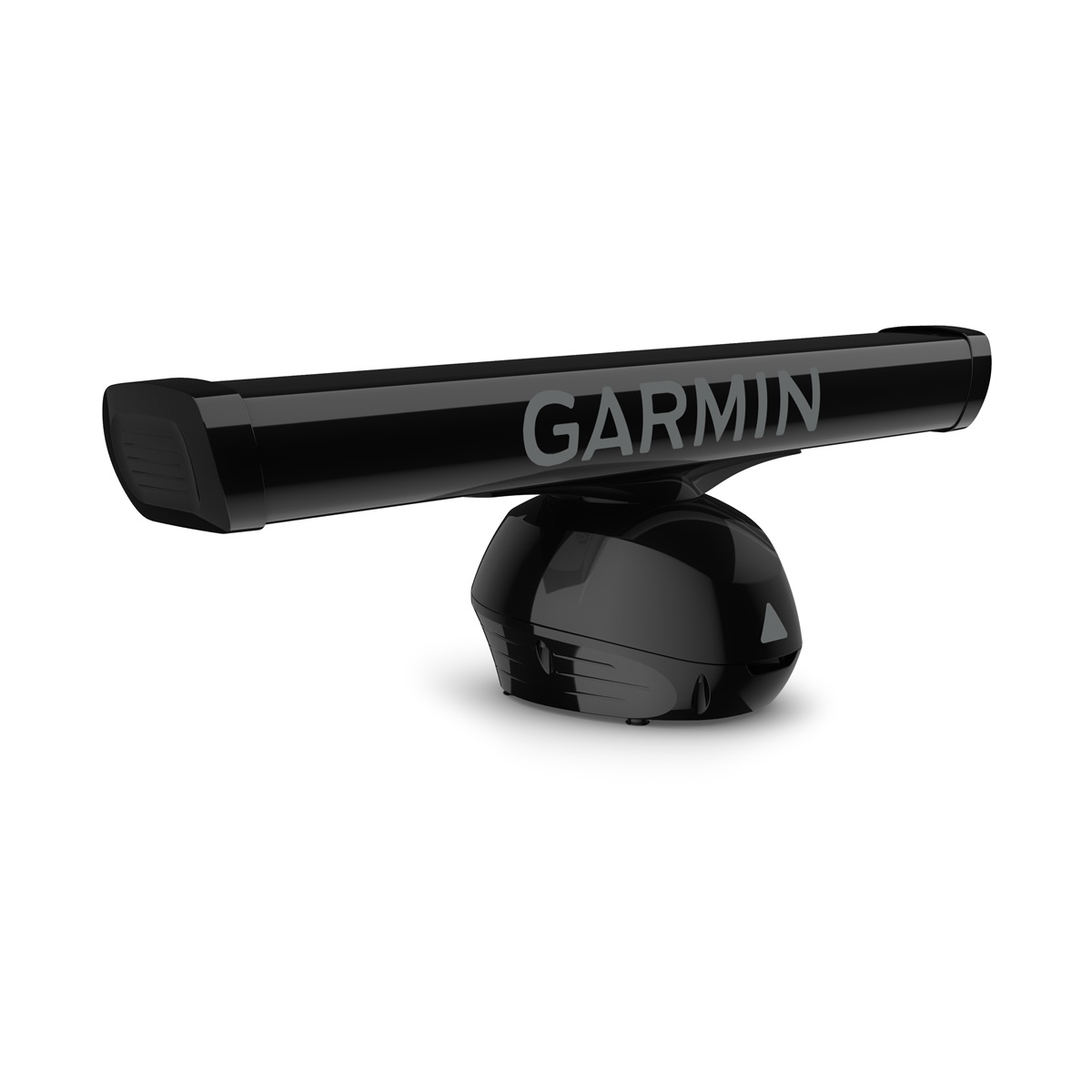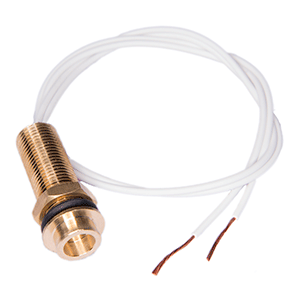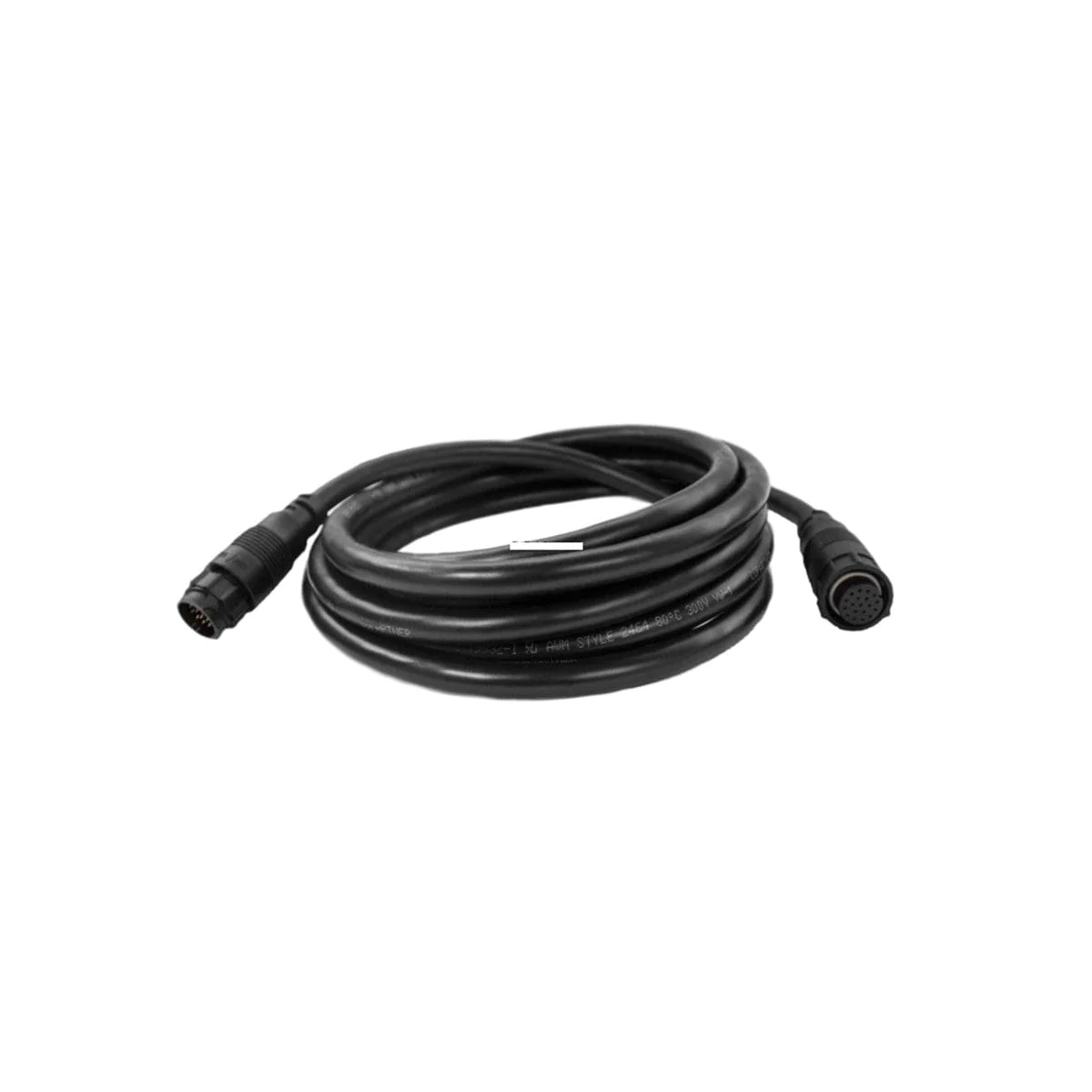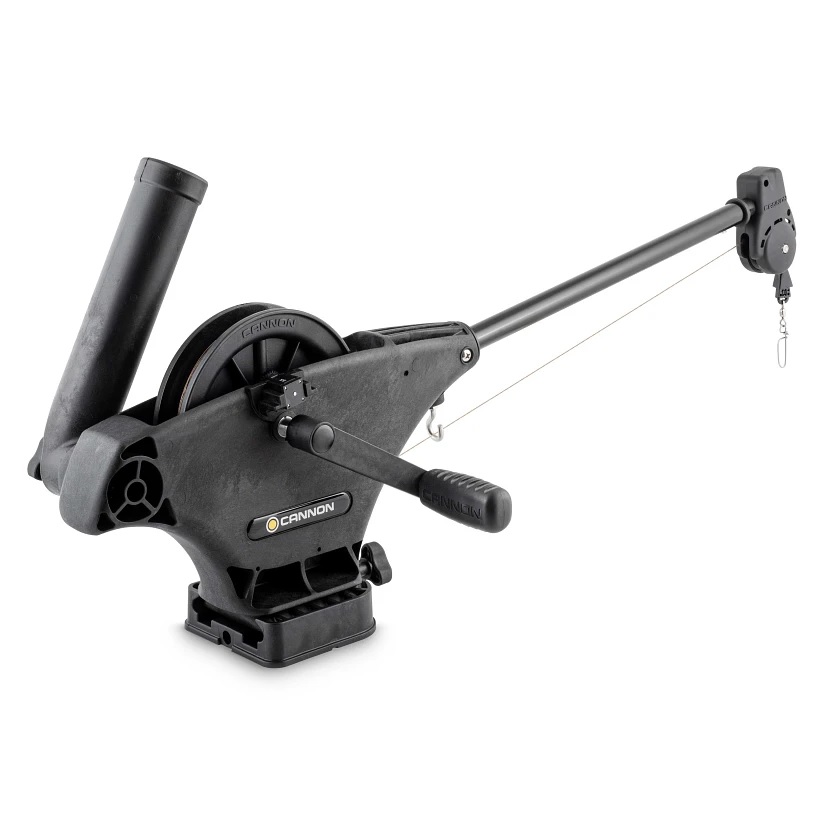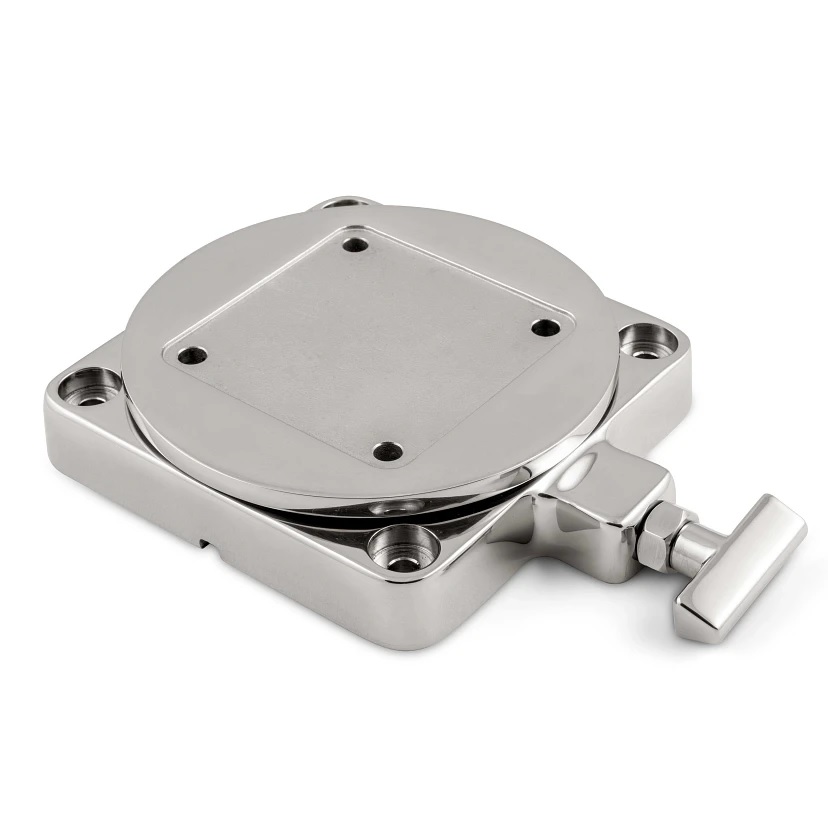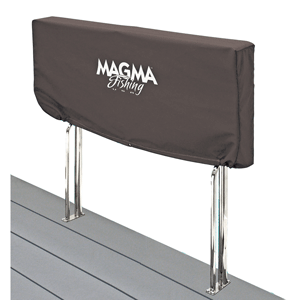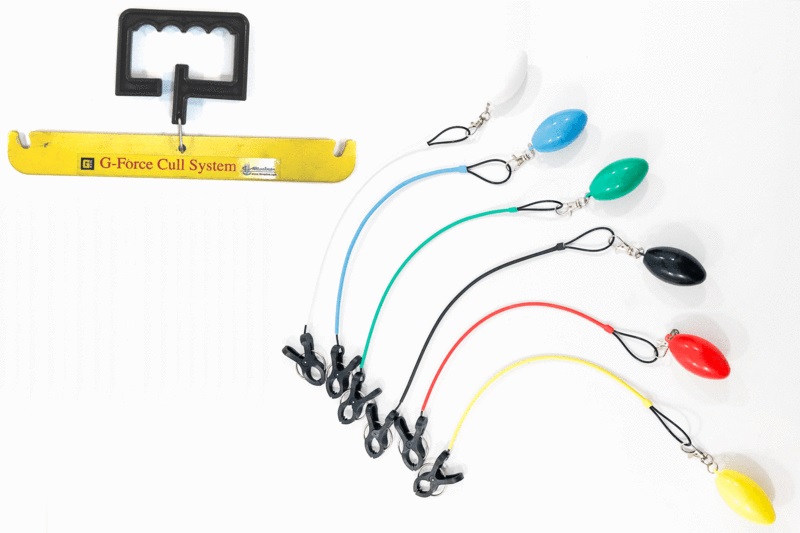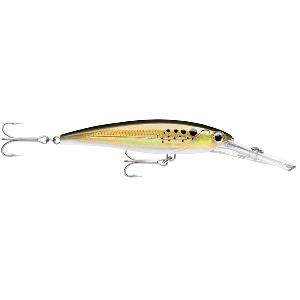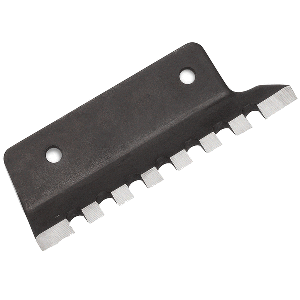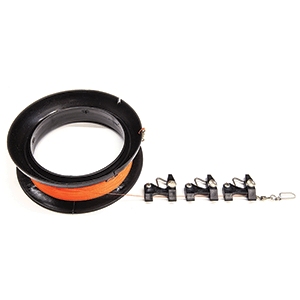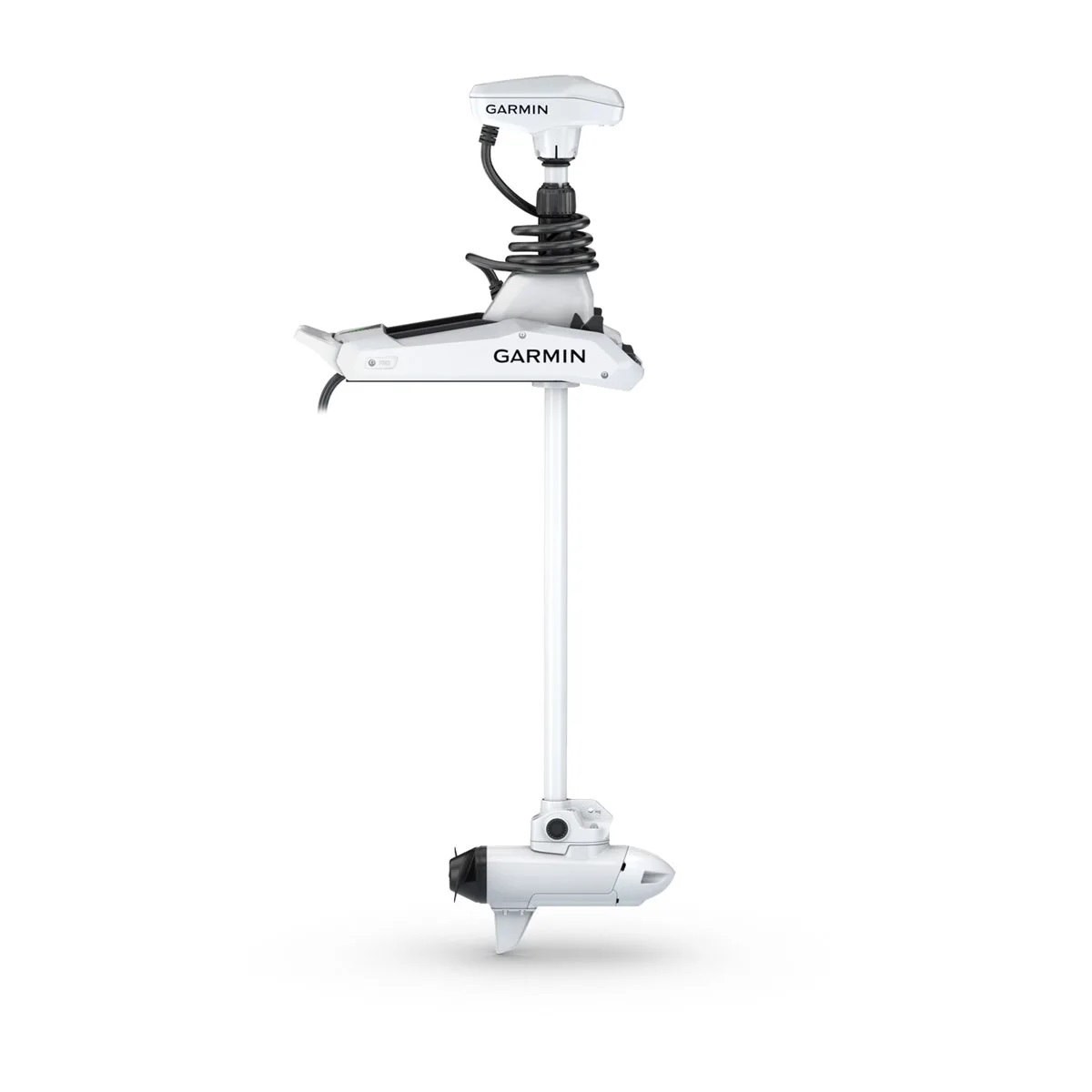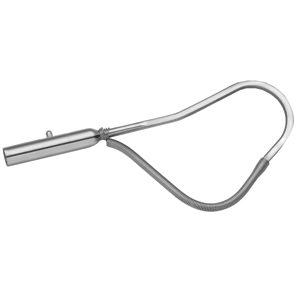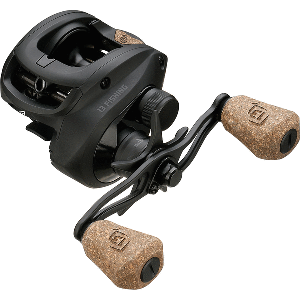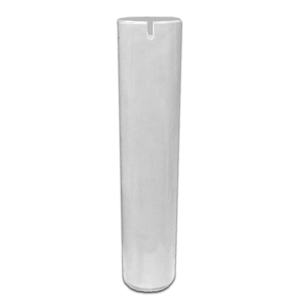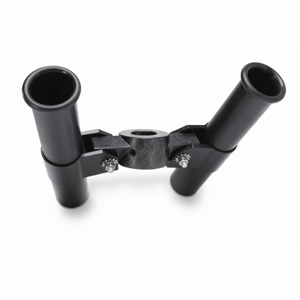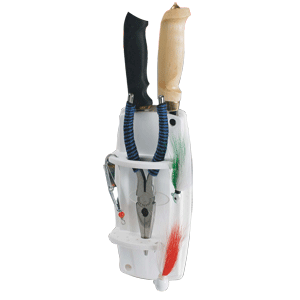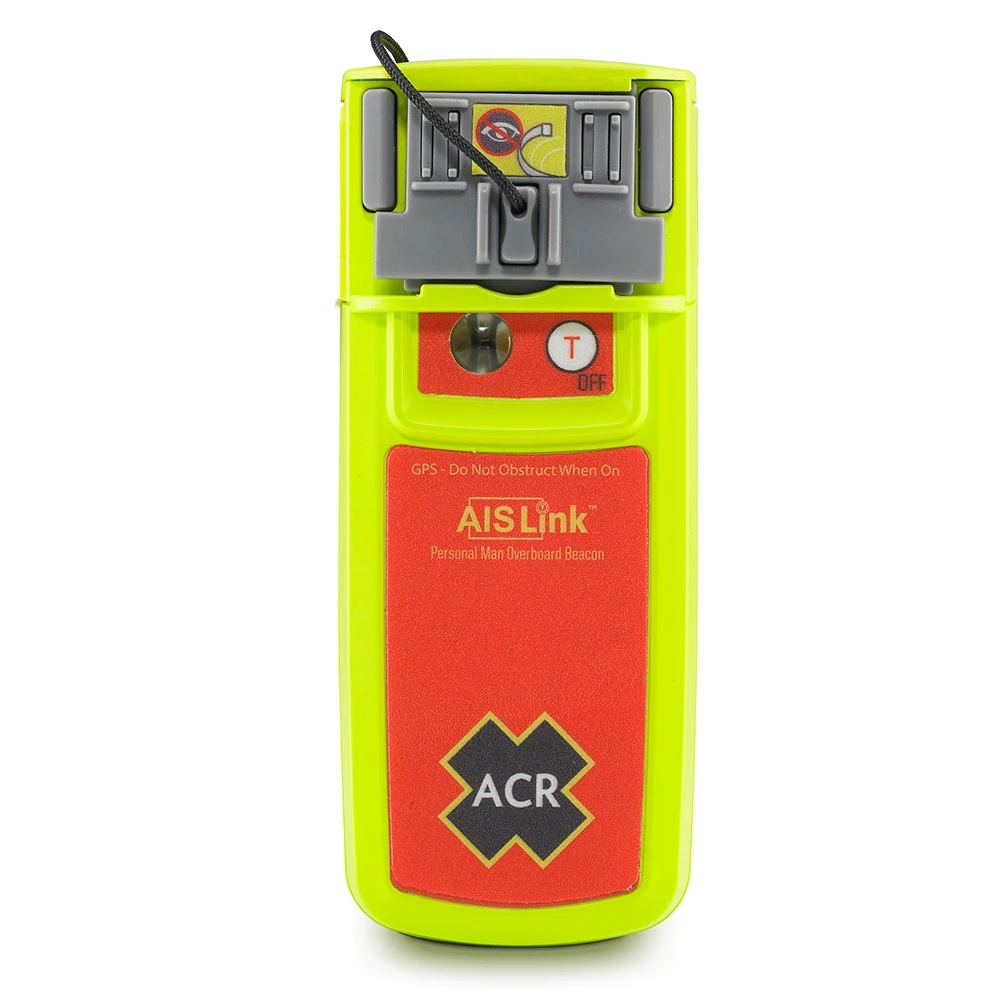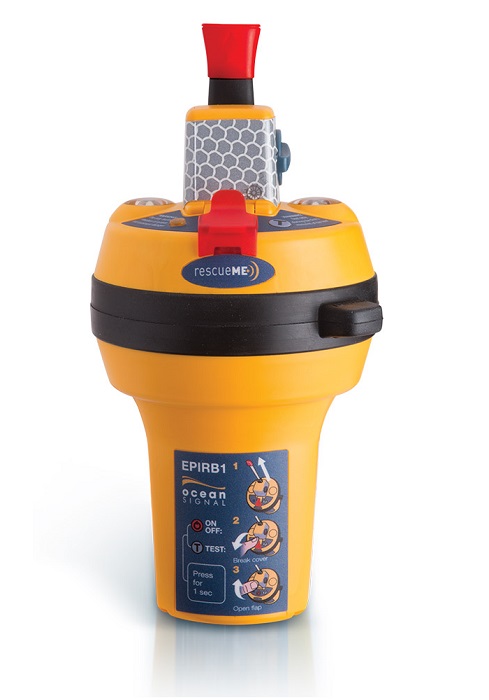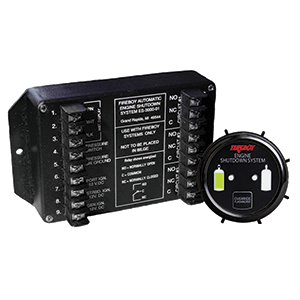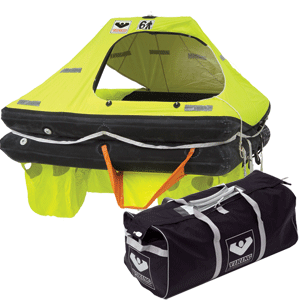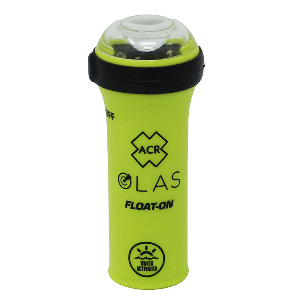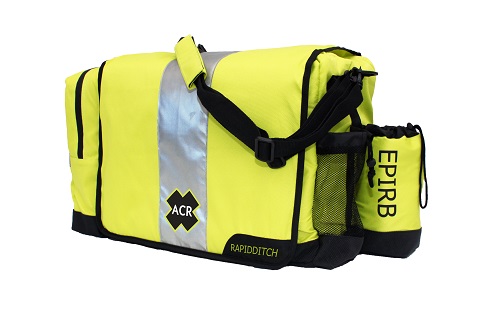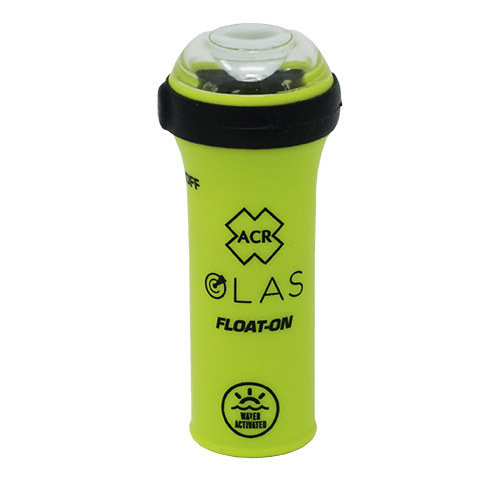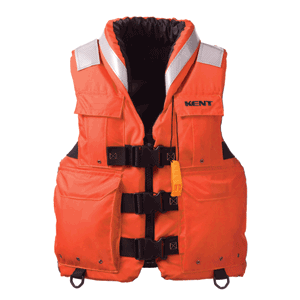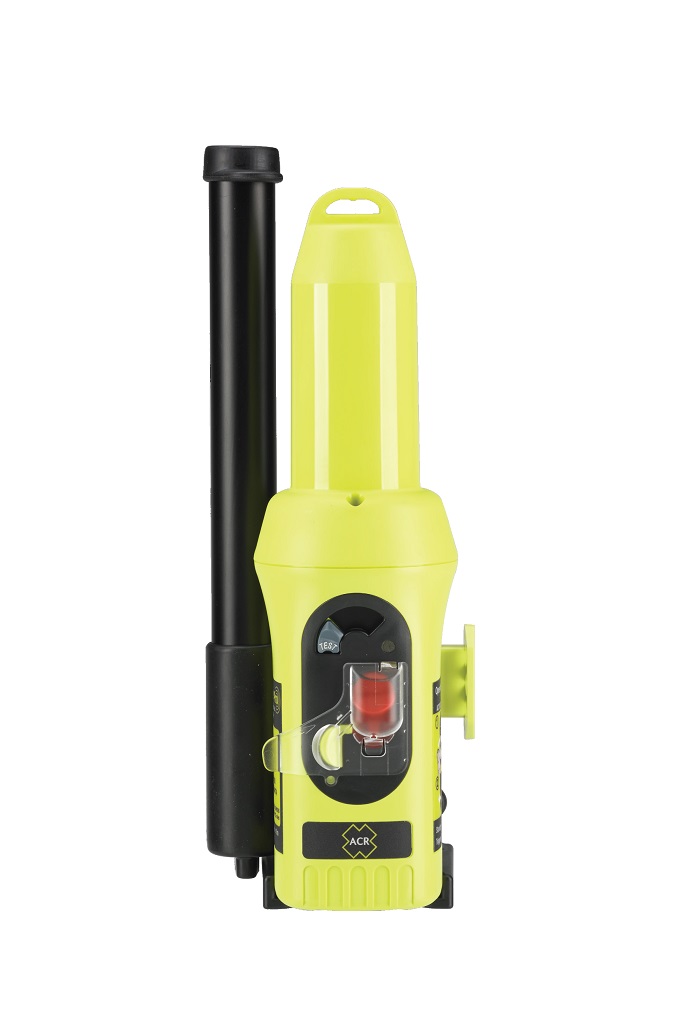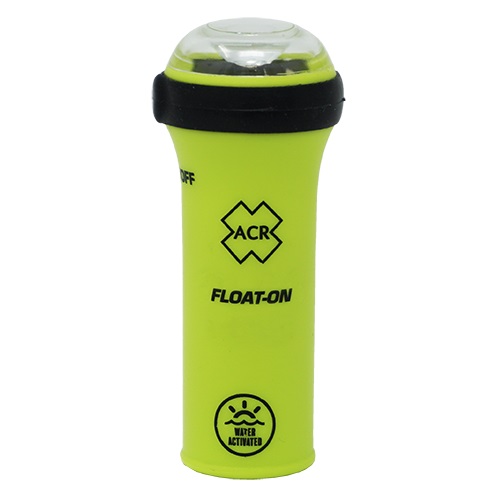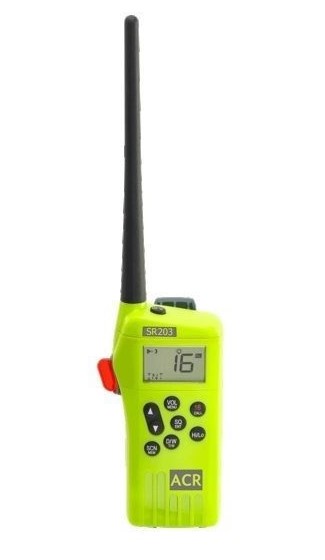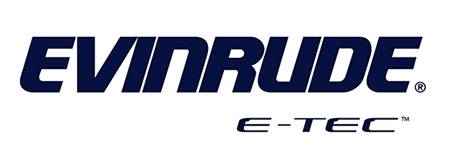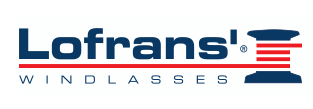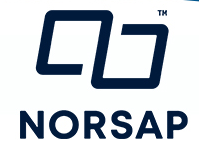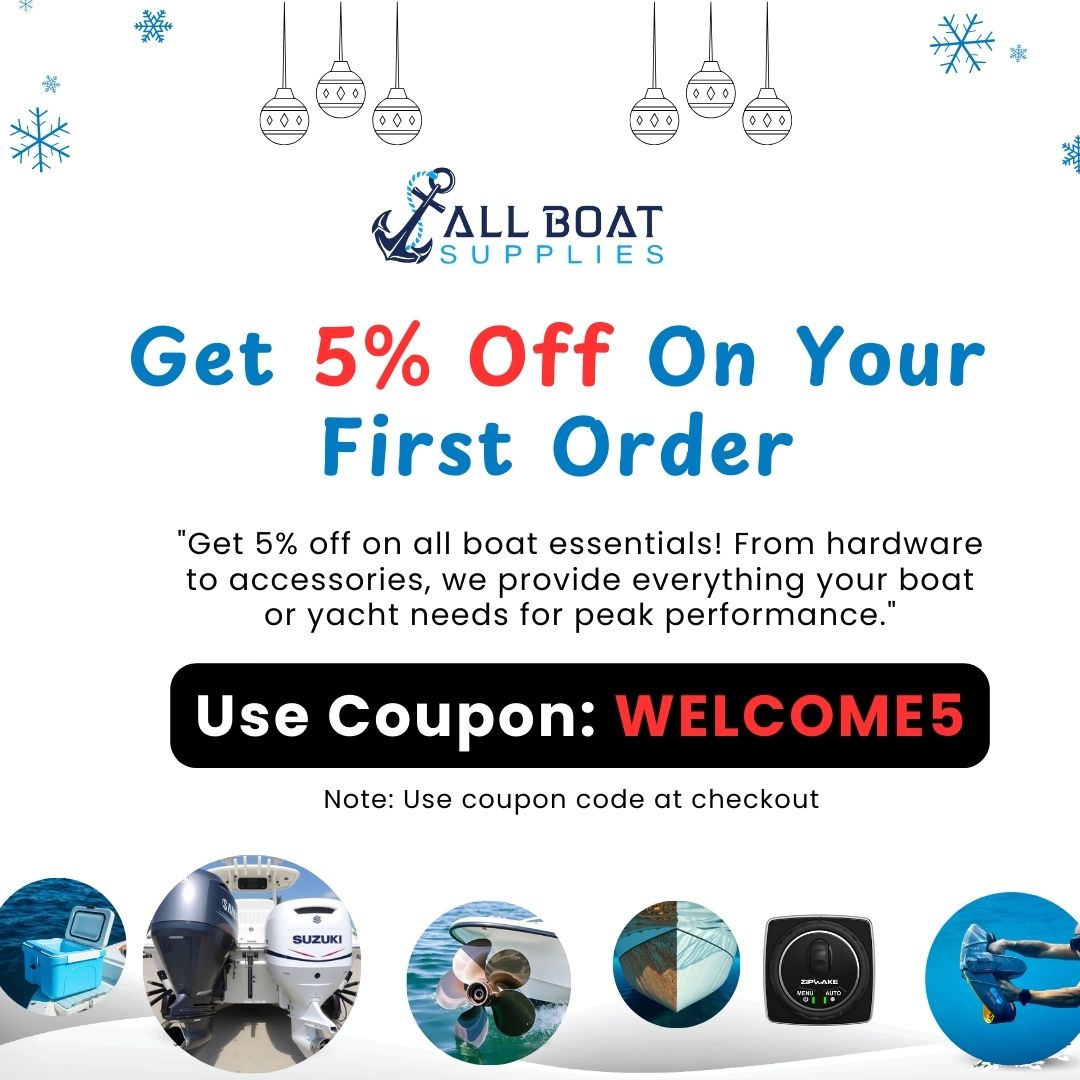Yoke Engine End
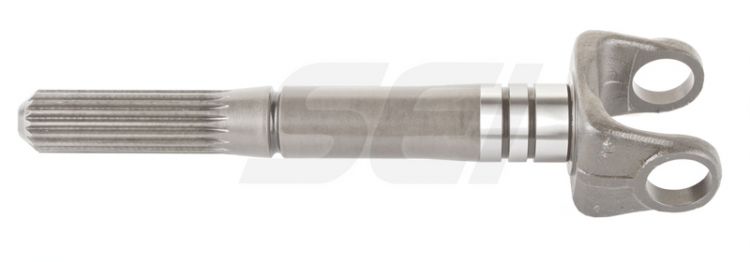
Introduction
The yoke engine end for marine applications is a crucial component found in many boat propulsion systems, especially within the Mercruiser Alpha One Gen I Sterndrives. Designed to offer seamless transmission between the engine and the drive shaft, this part ensures power is efficiently delivered from the engine to the propeller. Whether you’re a DIY marine enthusiast or a professional mechanic, understanding the importance, installation, and maintenance of the yoke engine end can significantly enhance your boating experience.
When neglected, this component can cause misalignment, vibrations, and even severe damage to the drive system. That’s why keeping your yoke engine end in perfect condition is not just a recommendation — it’s a necessity.
Overview / What Is Yoke Engine End?
A yoke engine end is an integral part of the U-joint assembly that connects the boat engine’s output shaft to the intermediate shaft of the sterndrive. For Mercruiser Alpha One Gen I units, this piece plays a pivotal role in torque transfer and drive flexibility, ensuring smooth propulsion without damaging other engine components.
Constructed from high-grade marine alloys, the yoke engine end is designed to withstand corrosion, high stress, and constant movement. It often works in tandem with cross bearings and other U-joint components to manage the engine’s torque and angular misalignments between the drive and propeller.
Key Features of Yoke Engine End for Marine Engines
Understanding what sets the yoke engine end for marine use apart from standard components can help ensure you’re selecting the best parts for your vessel.
- Corrosion-resistant materials for saltwater durability
- Precision machining for perfect fit in Mercruiser Alpha One Gen I
- Optimal strength-to-weight ratio
- Supports wide torque and speed range
These features are tailored specifically to marine demands, making it a non-negotiable upgrade or replacement for reliable performance.
Why the Yoke Engine End Matters in Power Transmission
Marine engines operate under variable loads, speeds, and water resistance. The yoke engine end for marine ensures power is evenly transferred from engine to propeller shaft with minimal loss or vibration.
It serves as a flexible joint, reducing stress and accommodating slight misalignments. Without it, your sterndrive system would experience undue friction, leading to faster wear and decreased fuel efficiency.
Common Problems with Worn-Out Yoke Engine Ends
Even the best components wear out with time. Signs that your yoke engine end may need replacing include:
- Clunking noise during shifting
- Vibrations at higher RPMs
- Grease leakage around the U-joint area
- Corrosion or visible wear on splines
Early detection and replacement can save your engine and lower repair costs significantly.
Maintenance Tips
To extend the life of your yoke engine end for marine use, regular maintenance is key. Follow these best practices to ensure optimal performance:
- Regular Greasing: Lubricate the U-joints and yoke splines with marine-grade grease every 100 hours or before storage.
- Visual Inspection: Look for rust, wear, or misalignment at every oil change or tune-up.
- Seal Checks: Replace any worn seals to prevent water ingress, which can accelerate corrosion.
Preventive maintenance not only enhances safety but also preserves your investment.
Expert Advice and Pro Recommendations
Marine experts often emphasize the importance of OEM fit when selecting parts like the yoke engine end for marine engines. Here’s what professionals recommend:
- Always opt for corrosion-resistant materials such as stainless steel or treated alloys
- Match the part number to your Mercruiser Alpha One Gen I specifications
- Never reuse old yoke ends during drive repairs — always install new ones for better longevity
Yoke Engine End available now – and don’t forget to use 5% off code WELCOME5.
How to Install Yoke Engine End in Sterndrives
Installing a yoke engine end for marine engines isn’t overly complex but requires accuracy. Follow these steps:
- Remove the drive and expose the engine coupler.
- Disconnect the old yoke using a suitable puller and inspect the splines.
- Grease the new yoke’s splines and slide it into place, aligning it with the U-joint assembly.
- Torque bolts as per Mercruiser specifications and reinstall drive unit.
Double-check alignment and perform a test run to confirm smooth operation.
Choosing the Best Yoke Engine End Options
Not all yoke ends are created equal. Here are some factors to consider when purchasing:
- Material: Marine-grade stainless or coated steel
- Fit: Direct OEM fit for Alpha One Gen I
- Brand Reputation: Choose trusted suppliers with warranties
For durable performance, go with AllBoatSupplies’ Yoke Engine End — precision-made and backed by marine professionals.
Detailed FAQ Section
What is a yoke engine end and how does it work?
The yoke engine end is a critical connecting element in marine propulsion systems. Specifically, it’s part of the U-joint assembly located at the engine side, and it links the engine output to the drive shaft. It allows for slight angular movement while maintaining torque transmission. The flexibility of the yoke accommodates misalignments and absorbs shocks during gear shifts or acceleration. In Mercruiser Alpha One Gen I sterndrives, it ensures that the connection between engine and drive unit remains stable and efficient. Without it, the performance of your boat’s drivetrain could suffer drastically. Additionally, this component helps reduce mechanical stress across the system, especially when the boat is under heavy load or navigating choppy waters.
How do I know when to replace a yoke engine end?
Several signs can indicate a failing yoke engine end. One of the most noticeable is unusual vibration, especially at higher speeds. Other symptoms include a clicking or clunking sound when shifting gears, rust or corrosion on the yoke body, or visible wear on the spline teeth. Another telltale sign is grease leaking from the U-joint assembly, which could indicate worn seals. Any misalignment between the engine and drive can cause performance degradation and should be addressed promptly. If you observe any of these issues, it’s best to inspect and replace the yoke engine end immediately to prevent further drivetrain damage.
Can I replace a yoke engine end myself?
Yes, if you have mechanical skills and the right tools, replacing a yoke engine end on a Mercruiser Alpha One Gen I is a manageable task. However, you must ensure precise alignment and torque specifications during installation. You’ll need to remove the drive, disengage the old yoke, grease the splines, and install the new component carefully. Safety is paramount, so use proper support for the engine and drive during the process. If you’re unsure or lack experience with marine engine work, it’s always wise to consult a certified marine technician to avoid any installation mishaps or costly damage.
Are all yoke engine ends the same?
No, yoke engine ends are not universal. Different models of sterndrives and engines have unique requirements based on size, spline count, and shaft configuration. The yoke engine end for marine use, particularly in Mercruiser Alpha One Gen I units, is specially designed to match specific torque ratings and mechanical tolerances. Using a generic or incorrect model may lead to misfit, increased wear, or even system failure. Always refer to your boat’s service manual or consult your supplier to ensure compatibility before purchasing. OEM or OEM-equivalent parts are usually the safest and most effective option.
What’s the cost and longevity of a yoke engine end?
The price of a yoke engine end can range from $50 to $150 depending on the brand, material, and origin. Stainless steel or coated marine alloys tend to be on the higher end but offer better corrosion resistance and longer life. With proper maintenance, a quality yoke can last several seasons — typically 3 to 5 years or longer. Longevity also depends on usage, environment, and how often maintenance is performed. Saltwater use generally accelerates wear, so owners operating in such conditions should be especially diligent with inspections and lubrication.
Conclusion
The yoke engine end for marine use is a small yet mighty component essential to the performance and reliability of your boat’s propulsion system. Whether you’re replacing an old part or upgrading to a better option, understanding its role and maintenance is key to long-lasting operation. Always choose high-quality, marine-grade parts and follow best practices for installation and care. For the best results, trust components like the Yoke Engine End from AllBoatSupplies — engineered for precision, durability, and ease of use.
Special Offer
WELCOME5 – Get 5% off storewide at allboatsupplies.com
🚀 Instant Assistance: Need help selecting the right product? Drop your contact in the chatbox at the bottom right corner, and our expert team will reply within 30 minutes with the best product suggestion for your boat — including a ready-to-use checkout link. We’re fast, knowledgeable, and always here for your boating needs!
No more guesswork — just message us and get a personalized checkout link for your antifouling system, fast!
Explore Our Best-Selling Ultrasonic Antifouling Products:
Buy now
Let us handle the hassle — expert support, quick replies, and smooth checkout. Your boat deserves the best.
Read More
For more helpful marine maintenance guides, check out our article on Shift Bushing Assembly.


